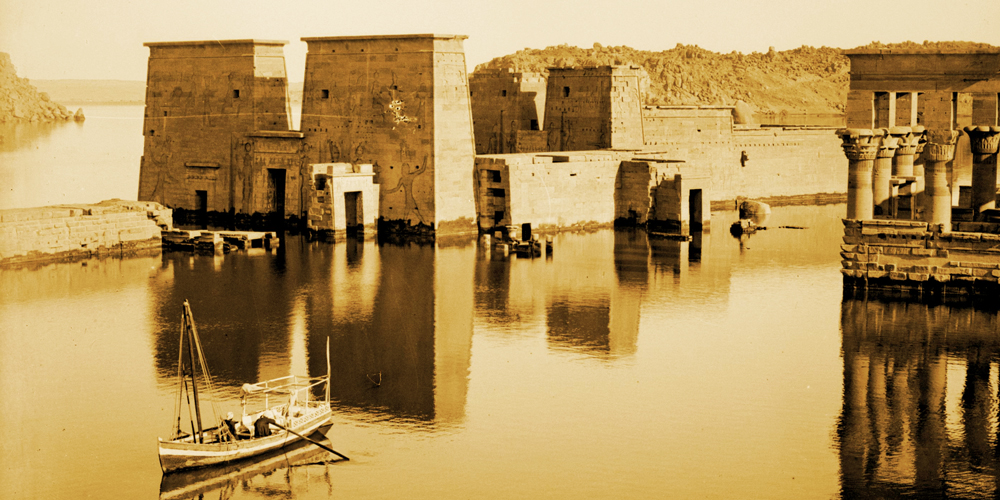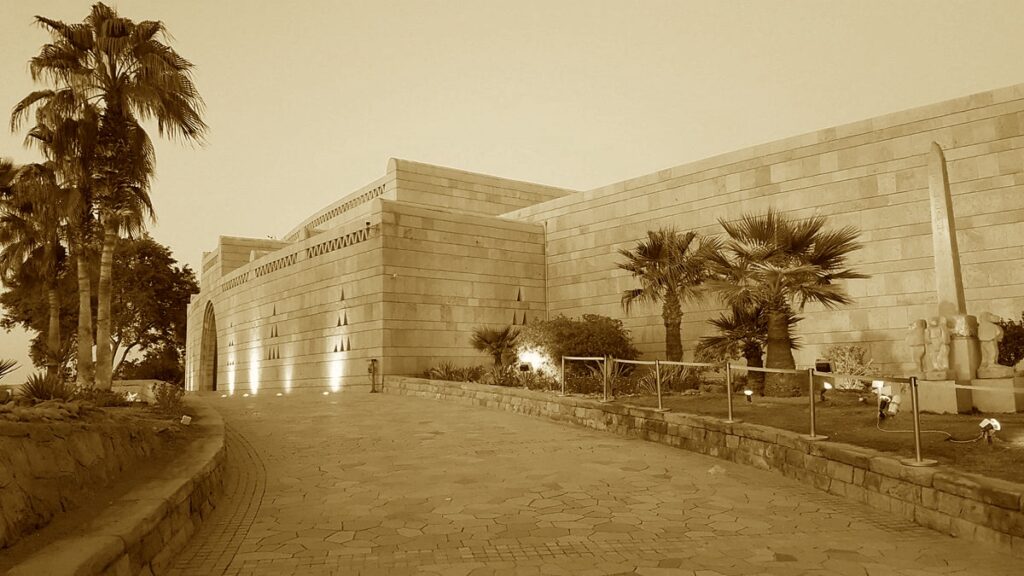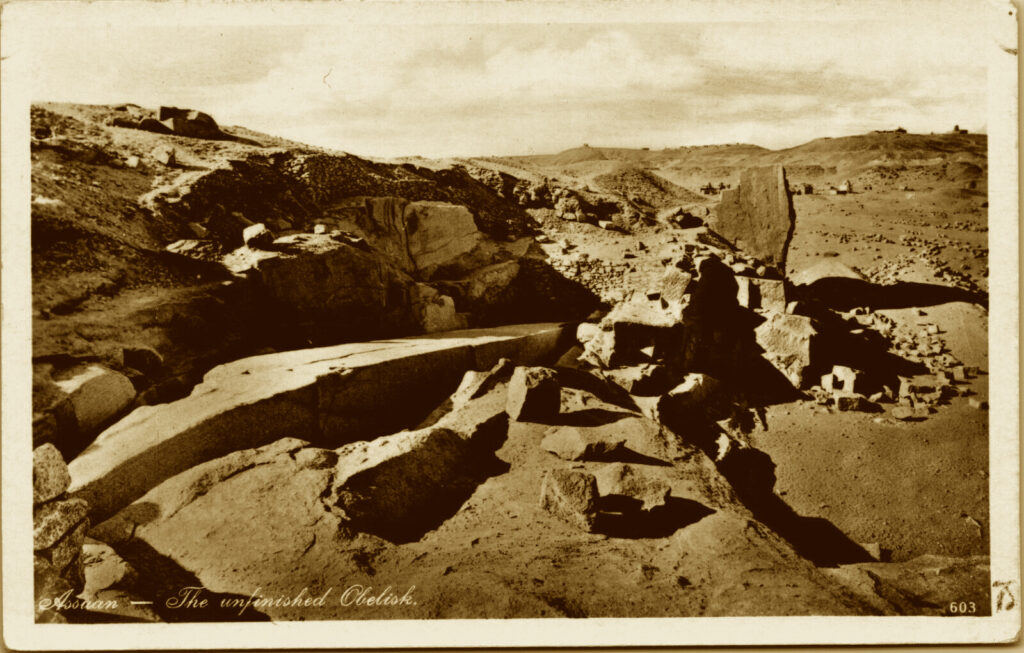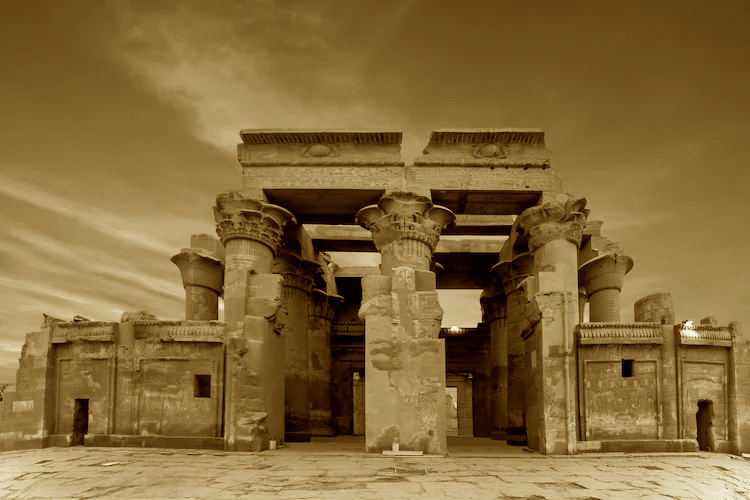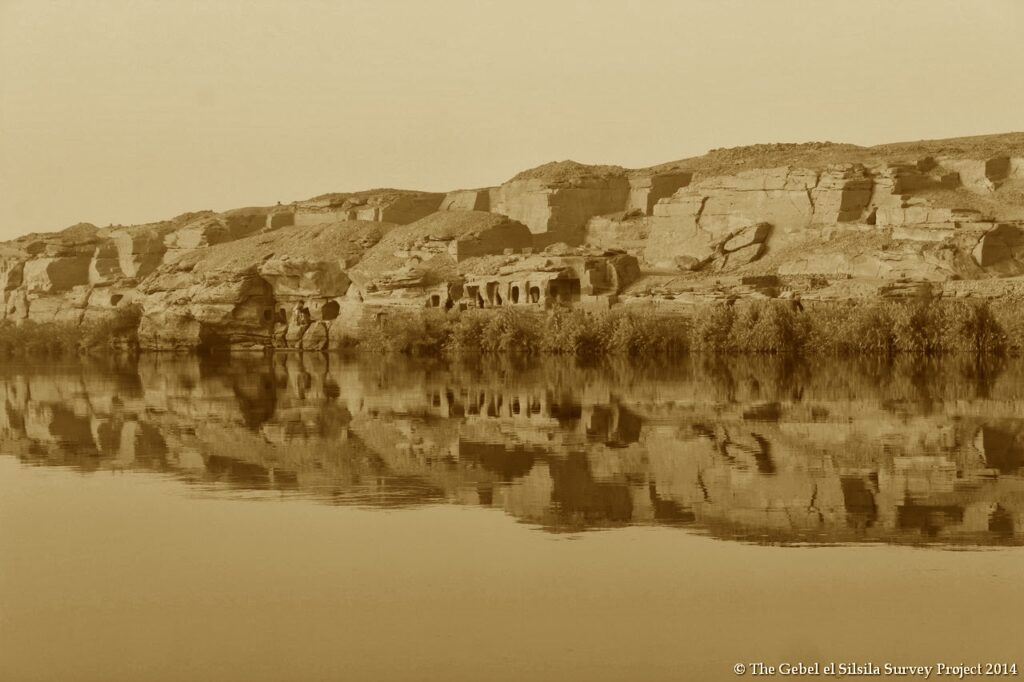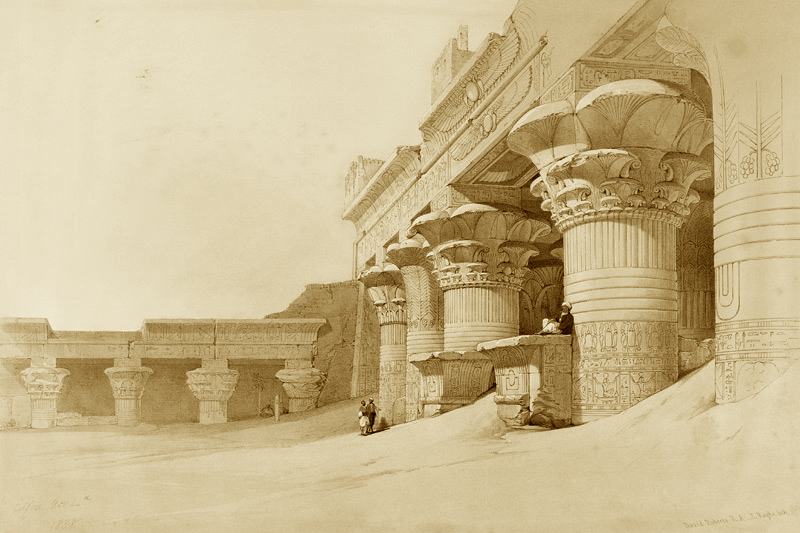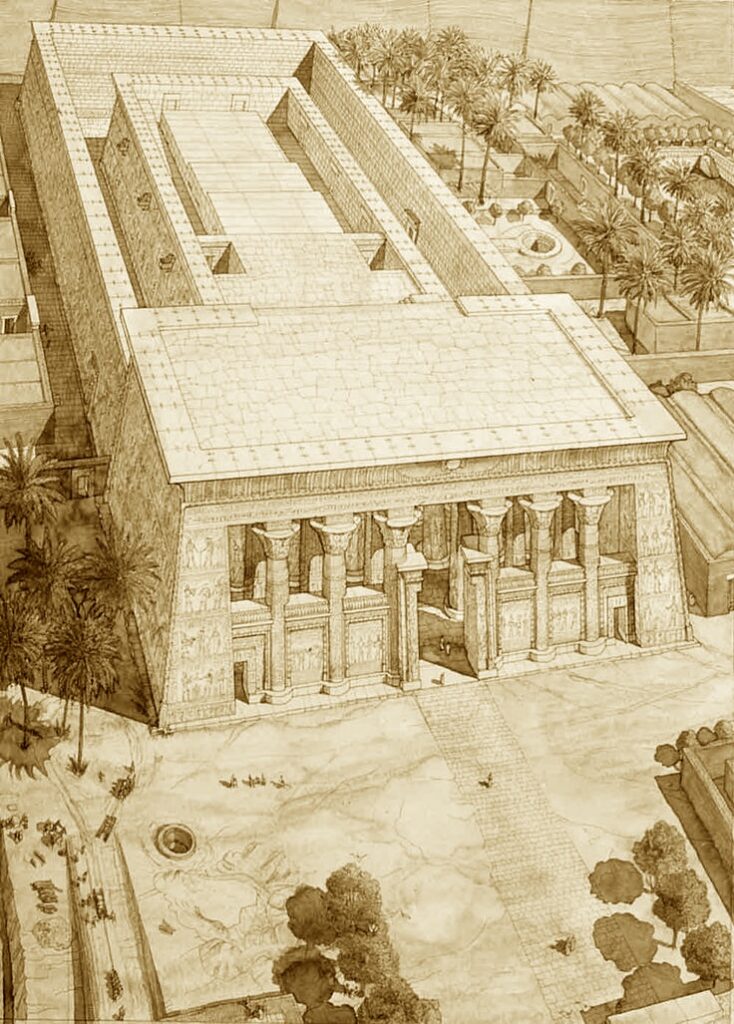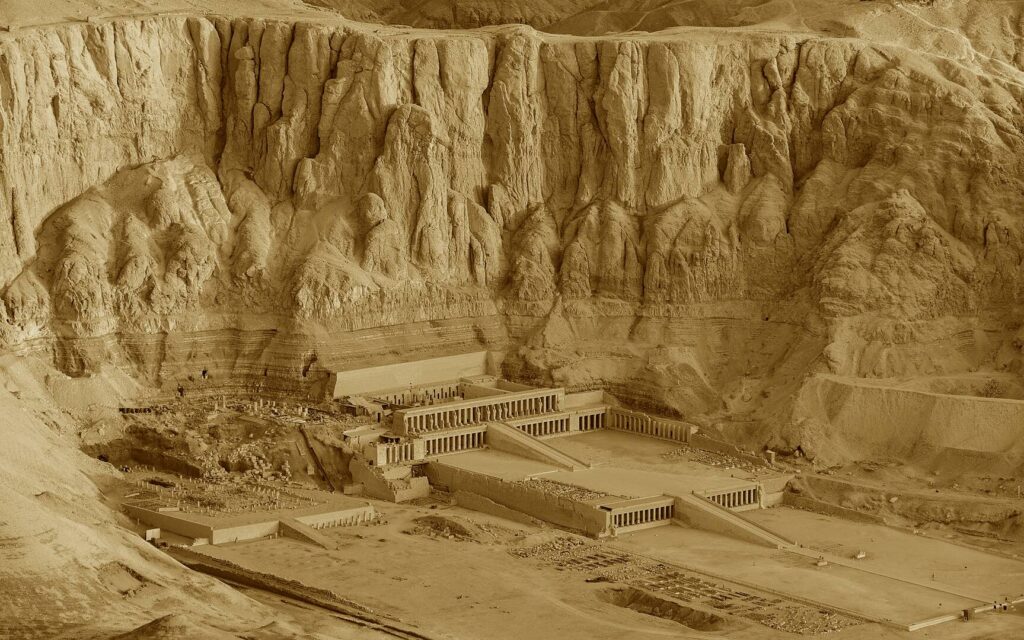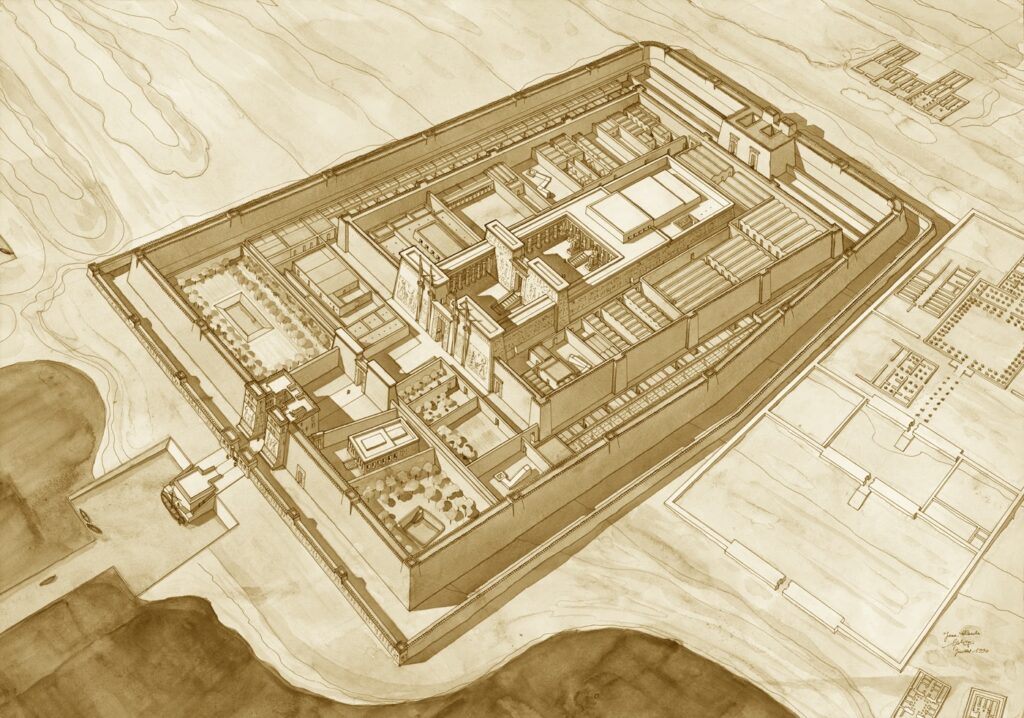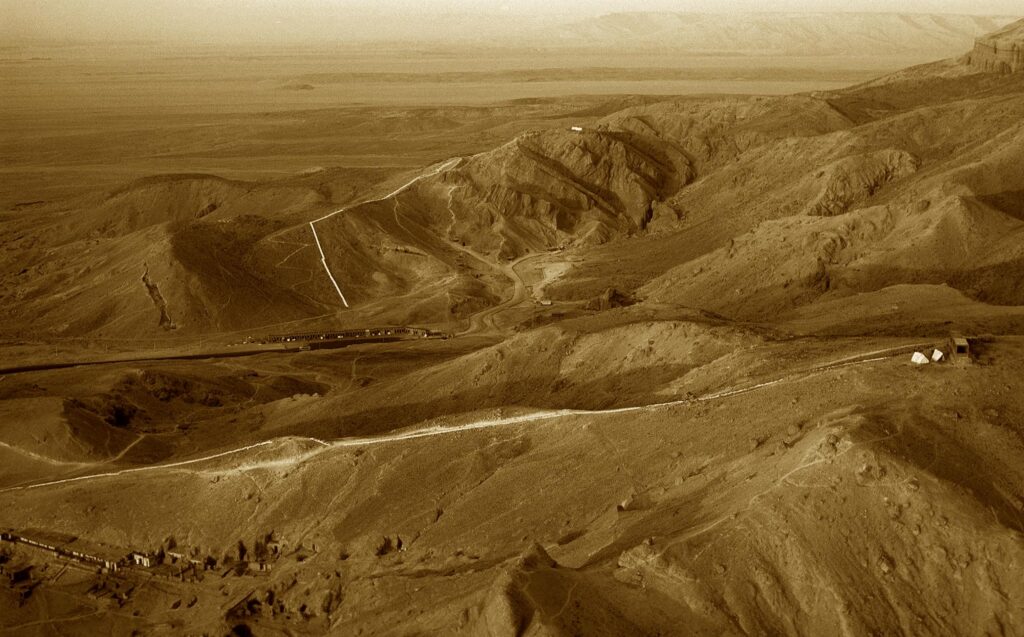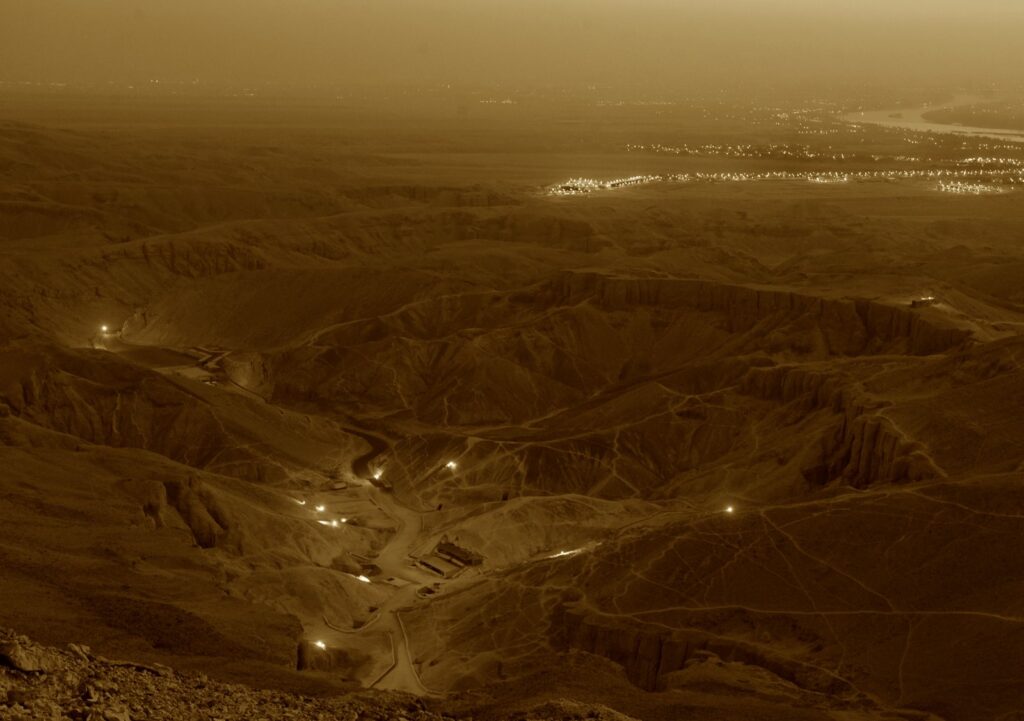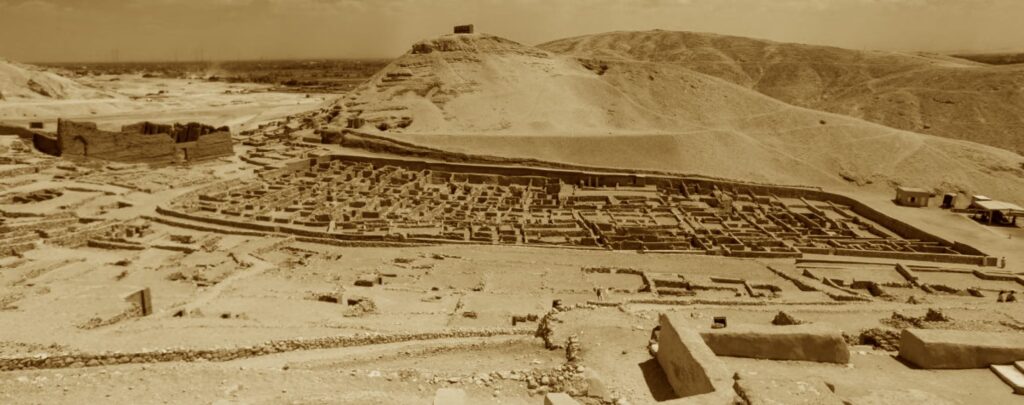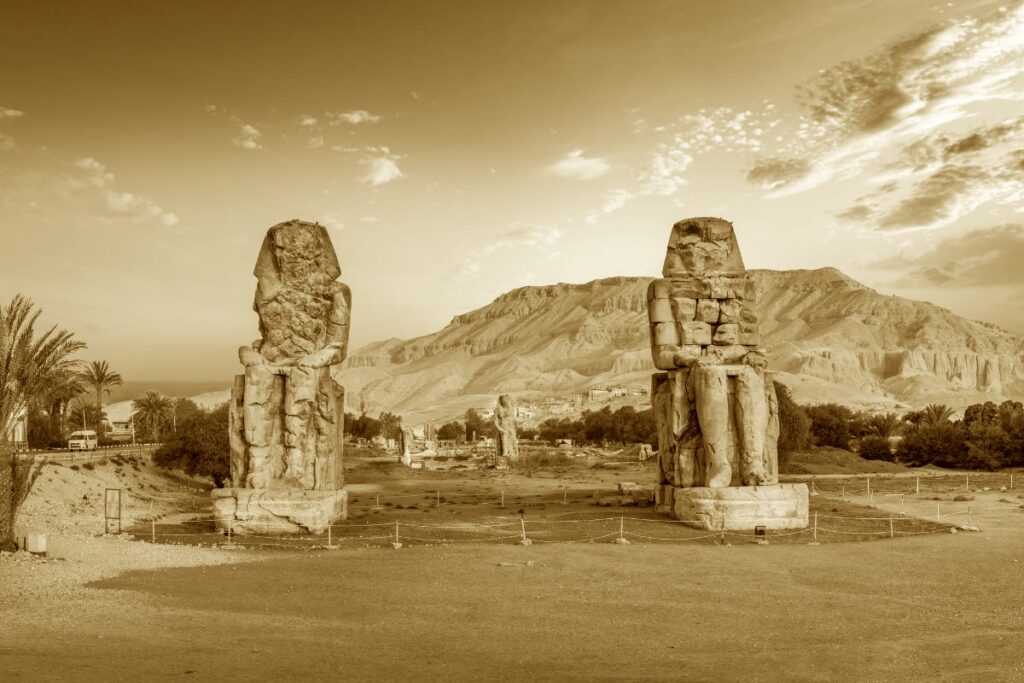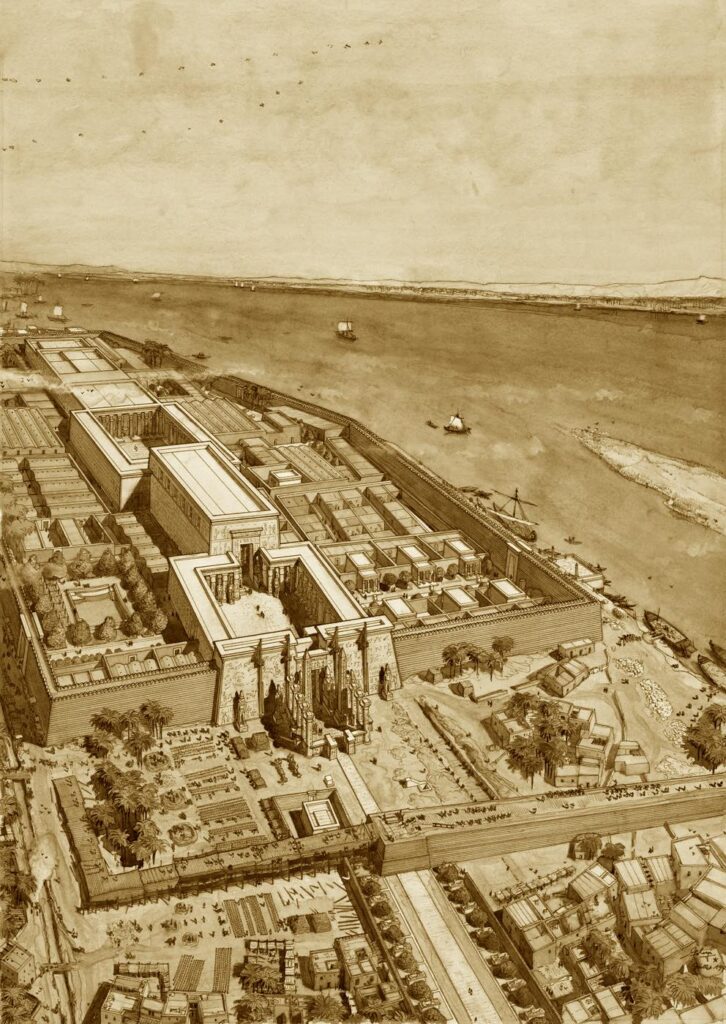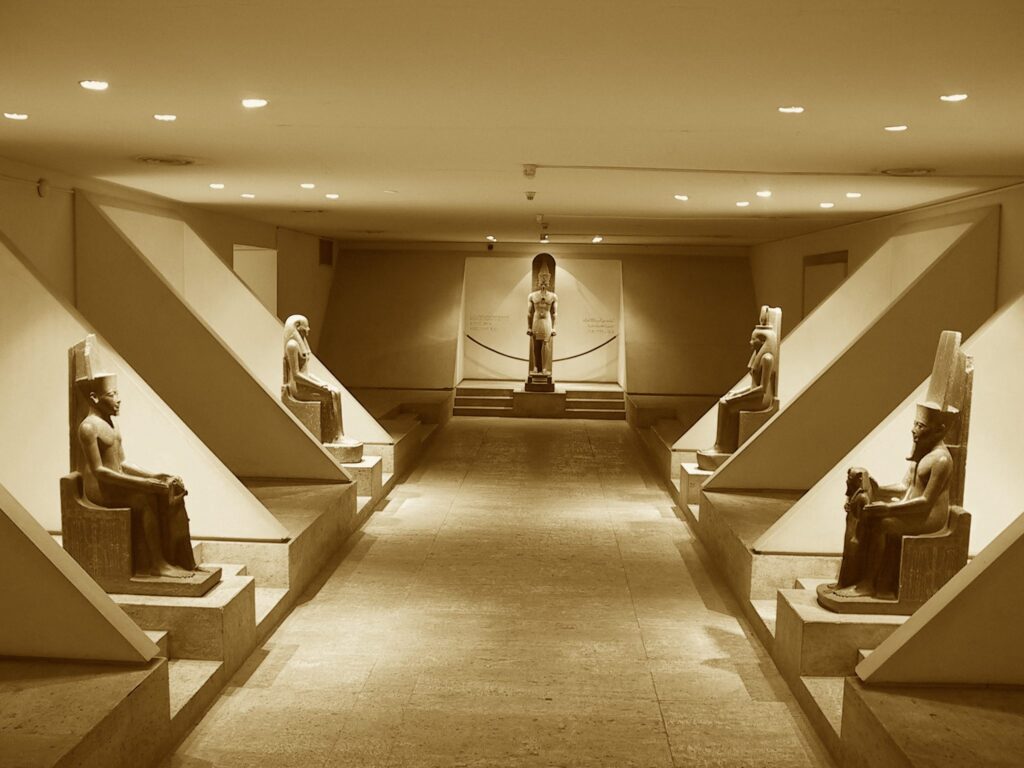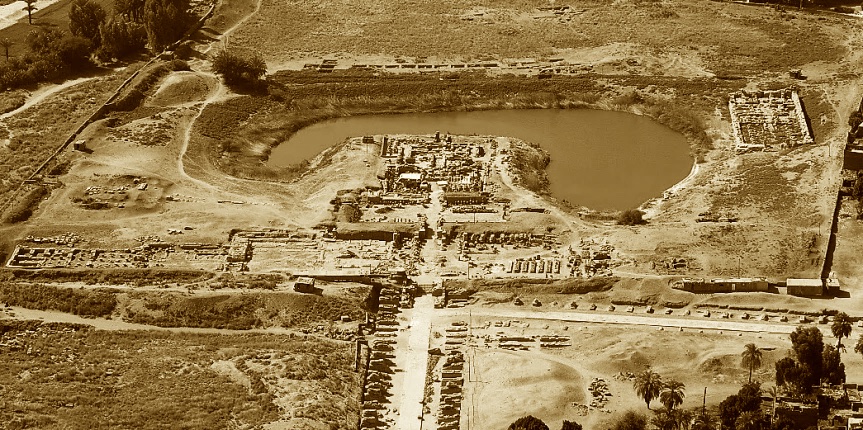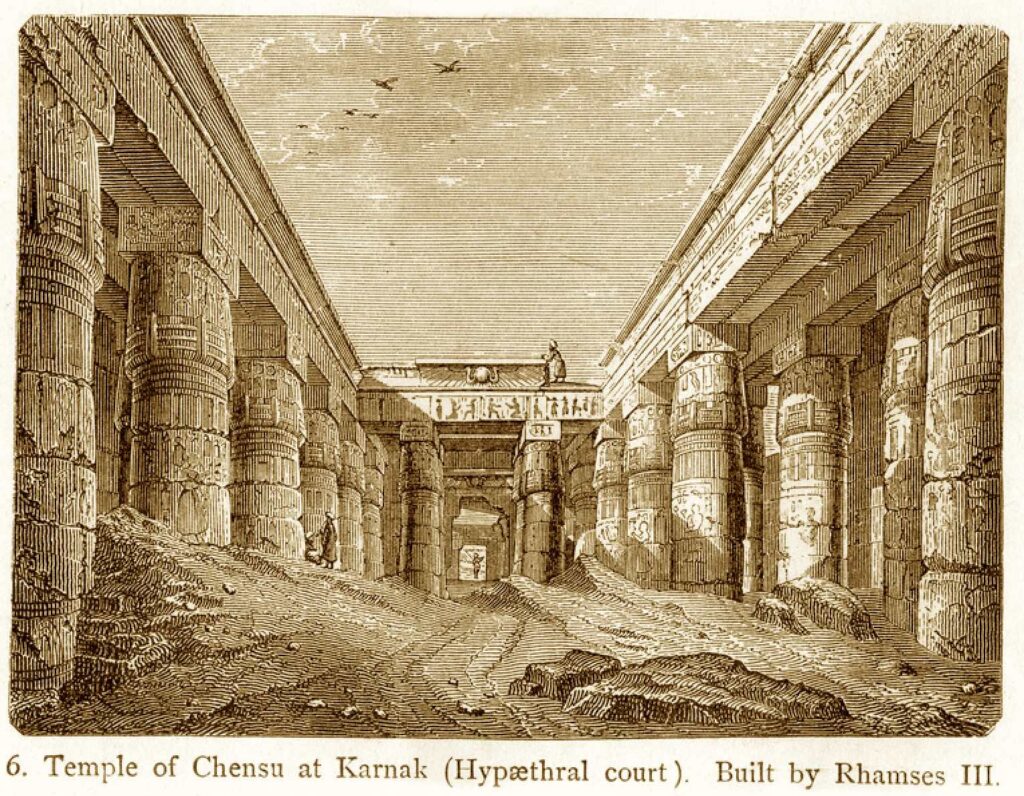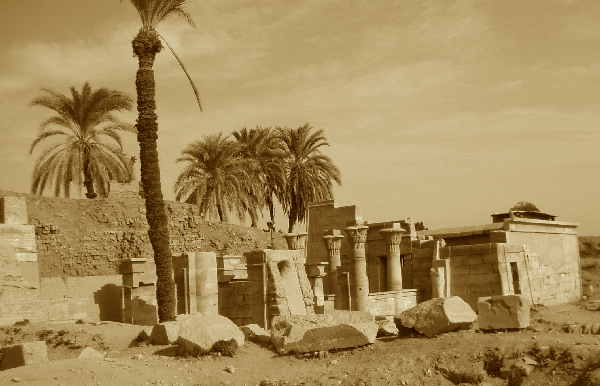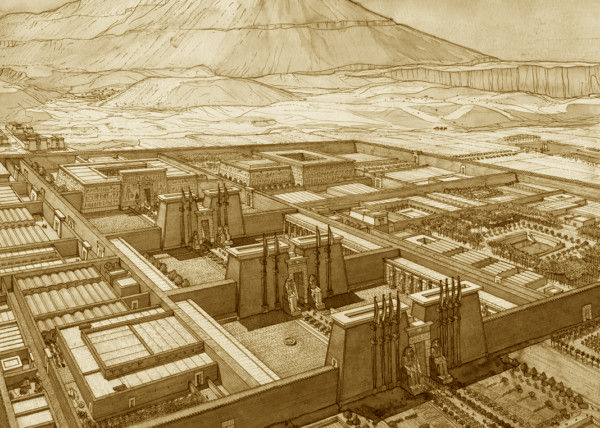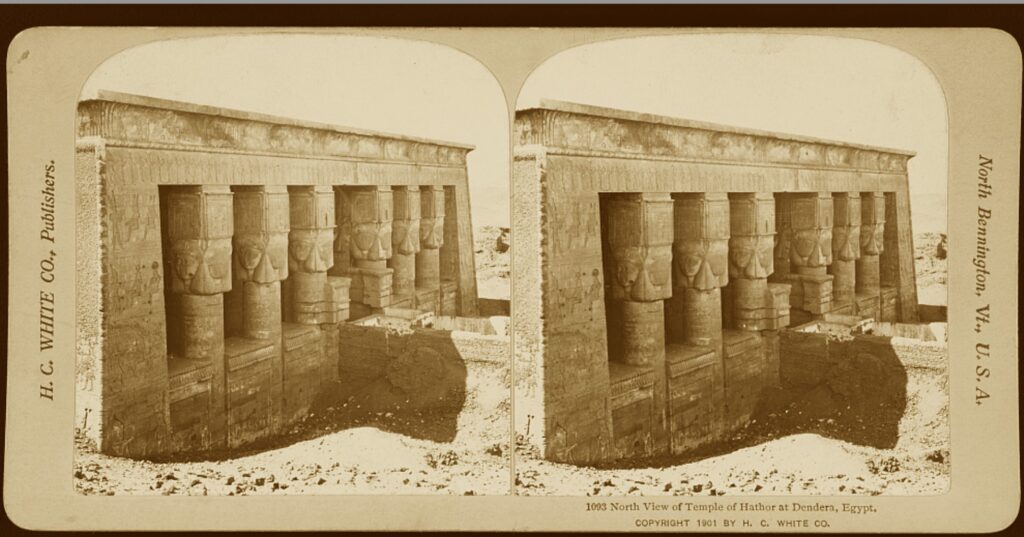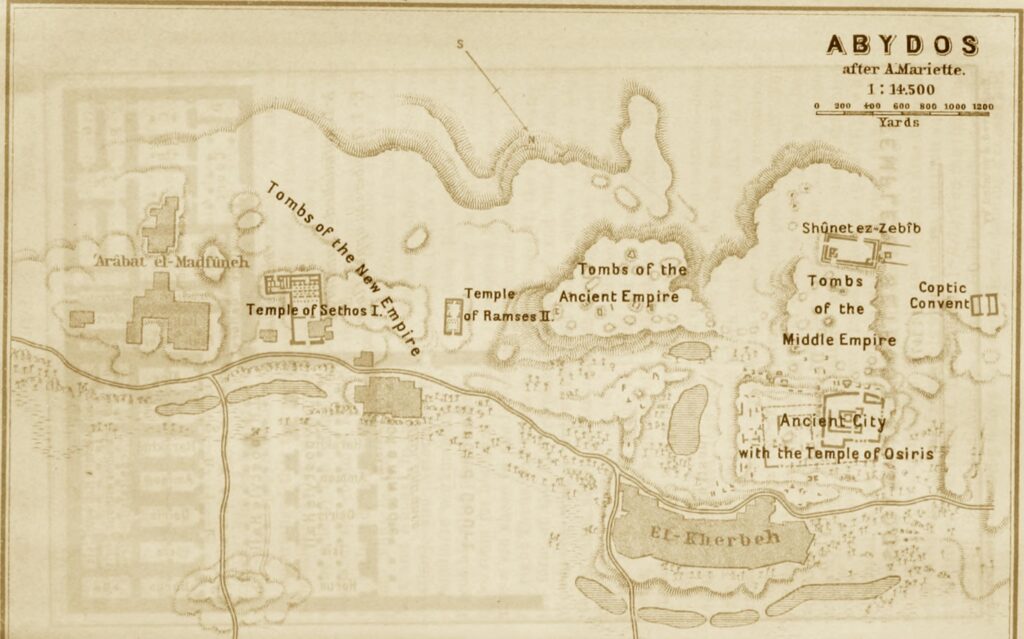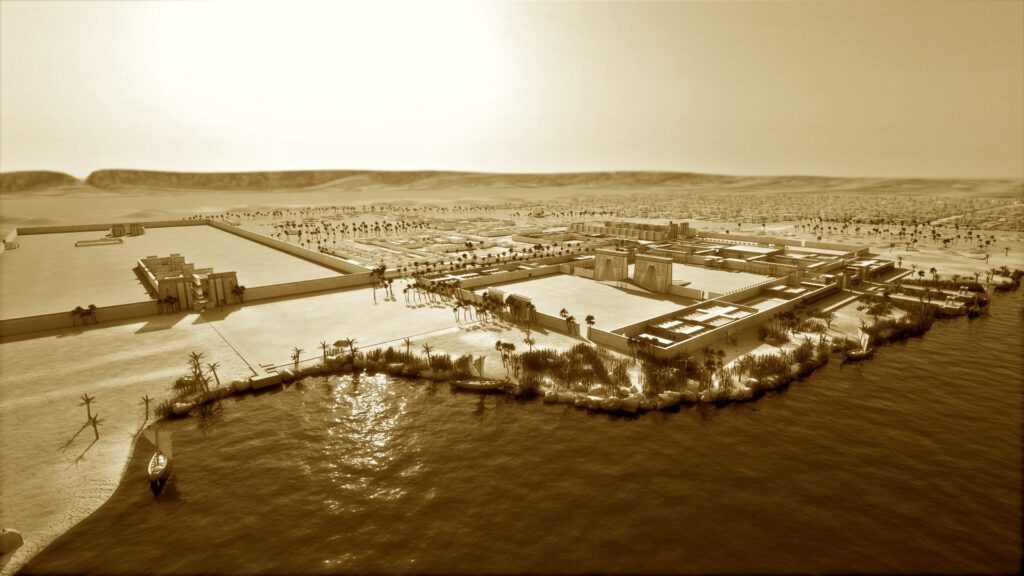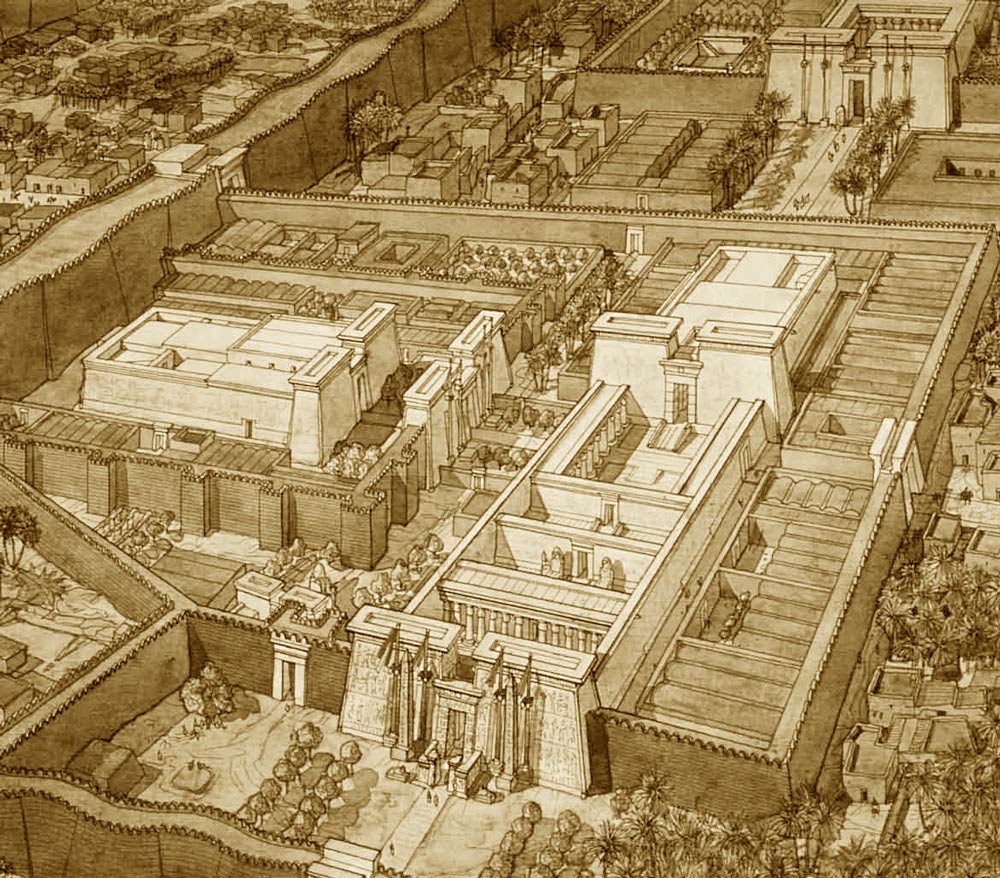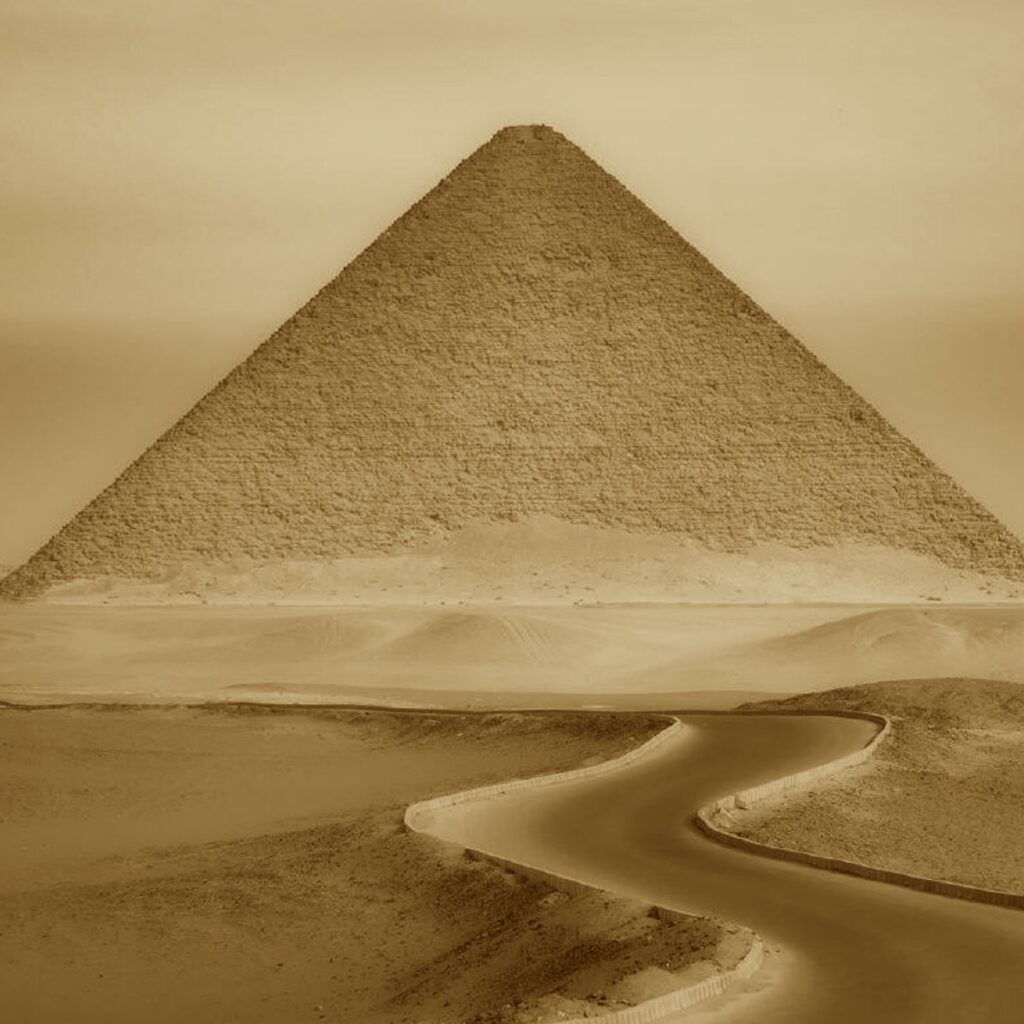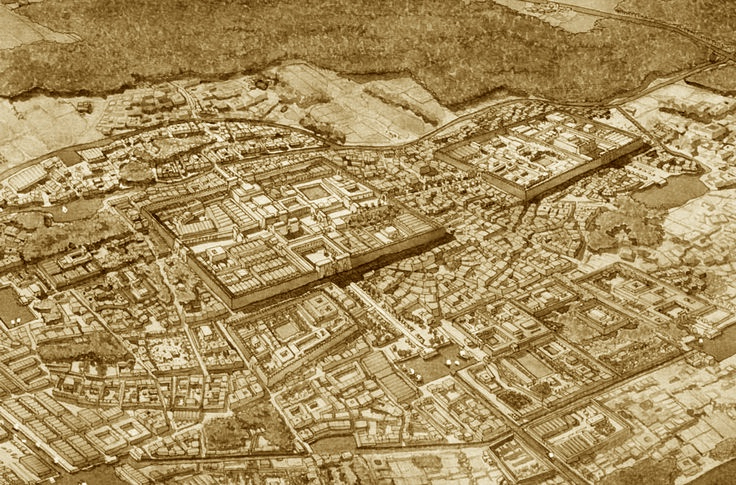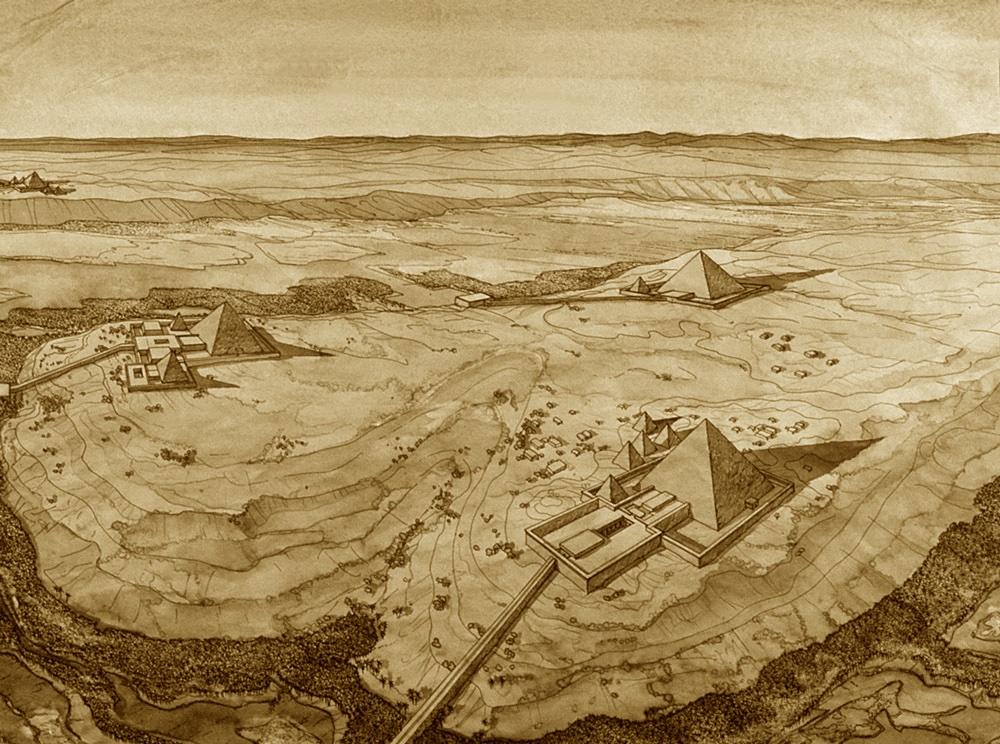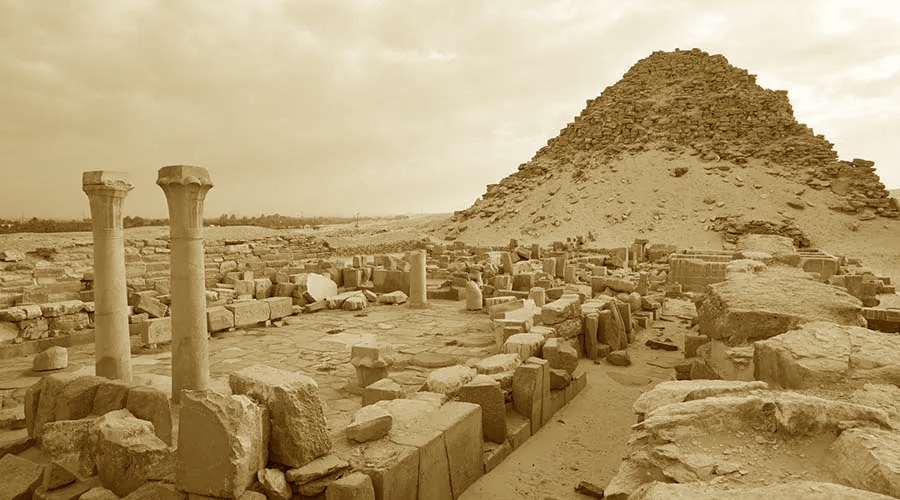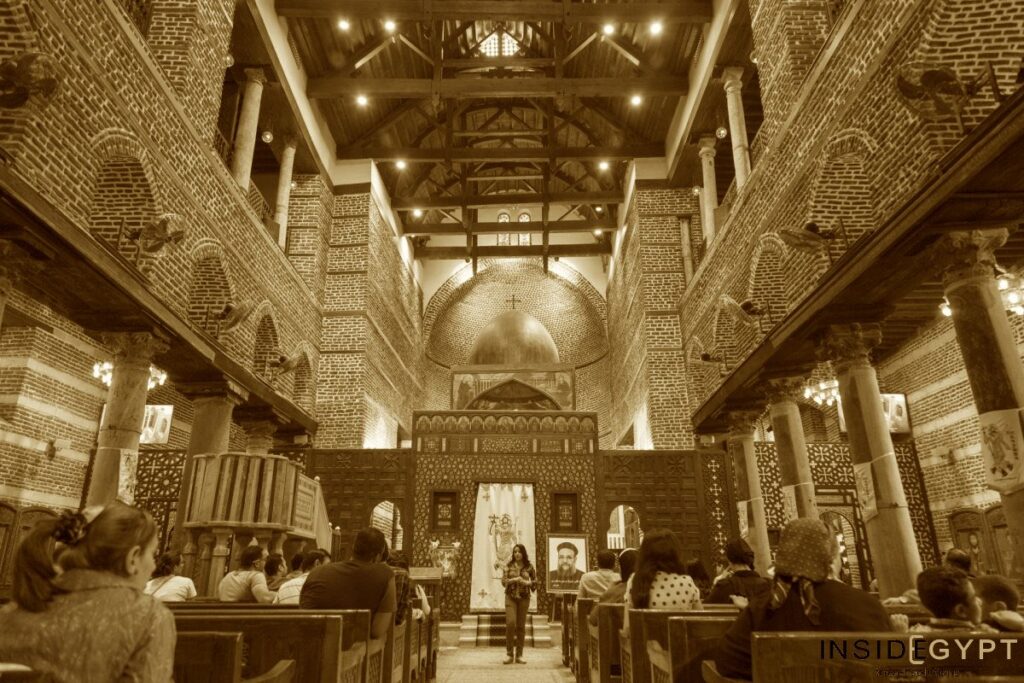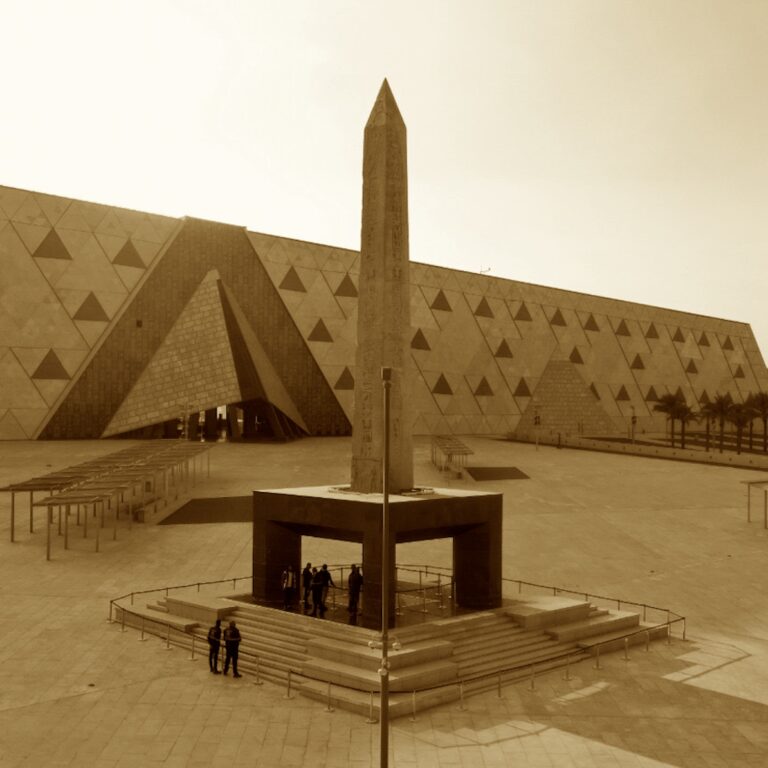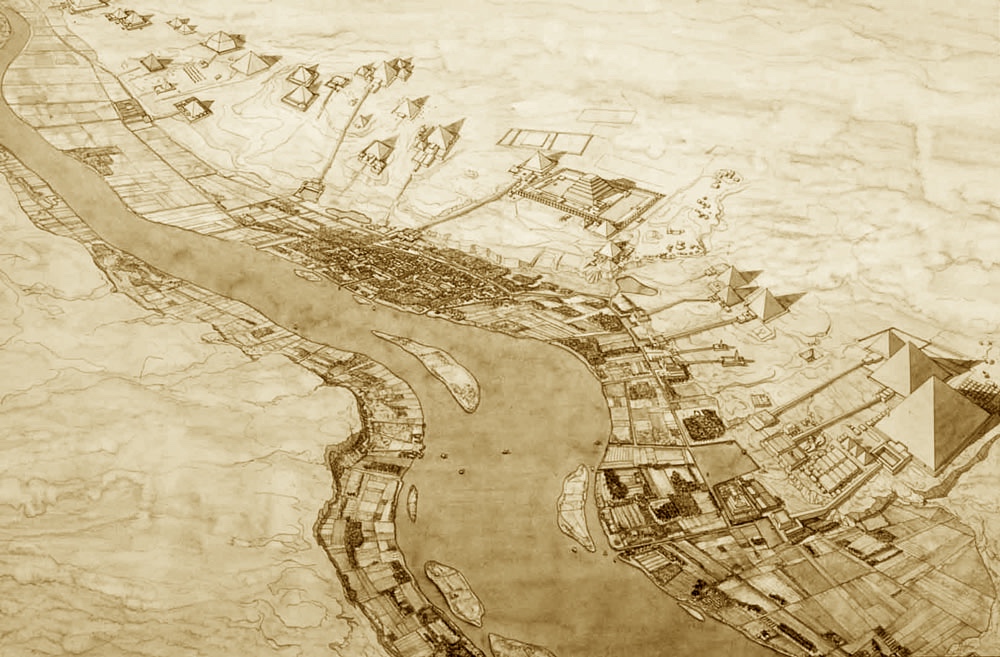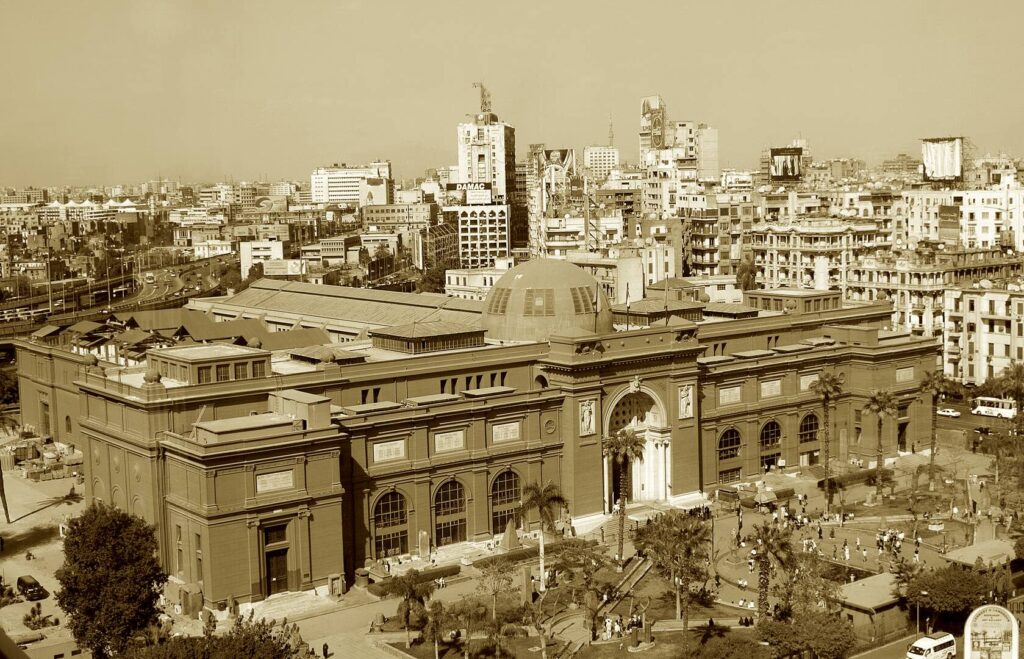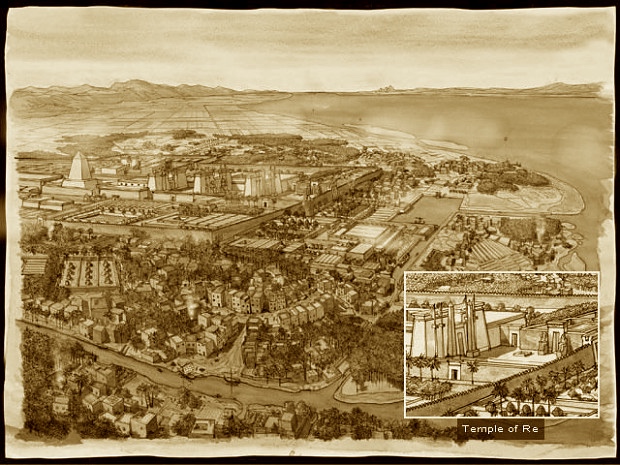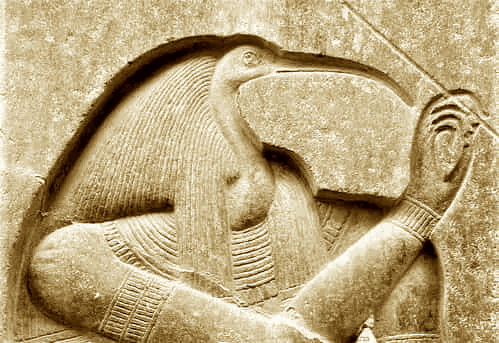Primary Deities
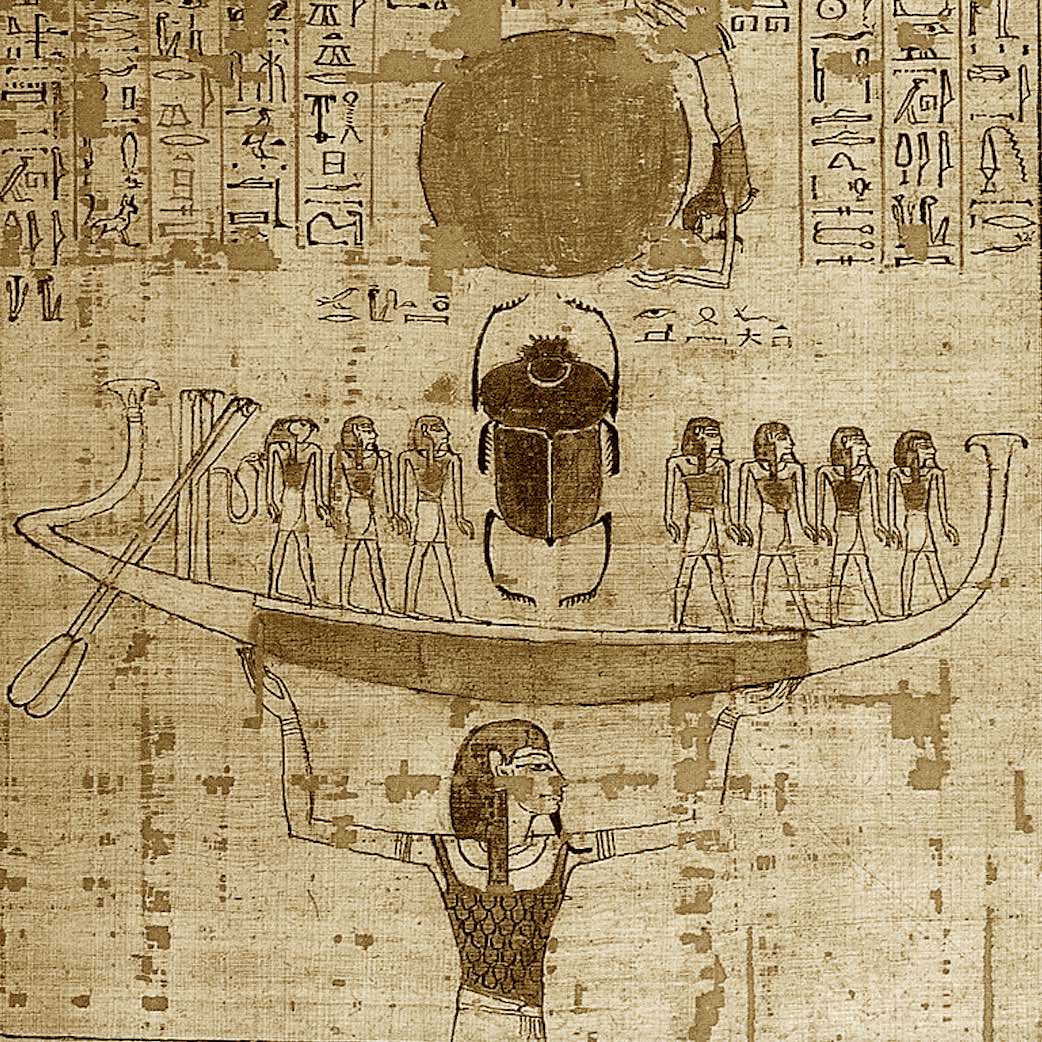
Ennead of Iunu (Helioplois)
The Ennead
The Ennead (derived from the Greek word for nine) are the nine ancient Egyptian Gods and Godesses associated with the creation myths of Heliopolis (Iunu) in Lower Egypt.
Read More
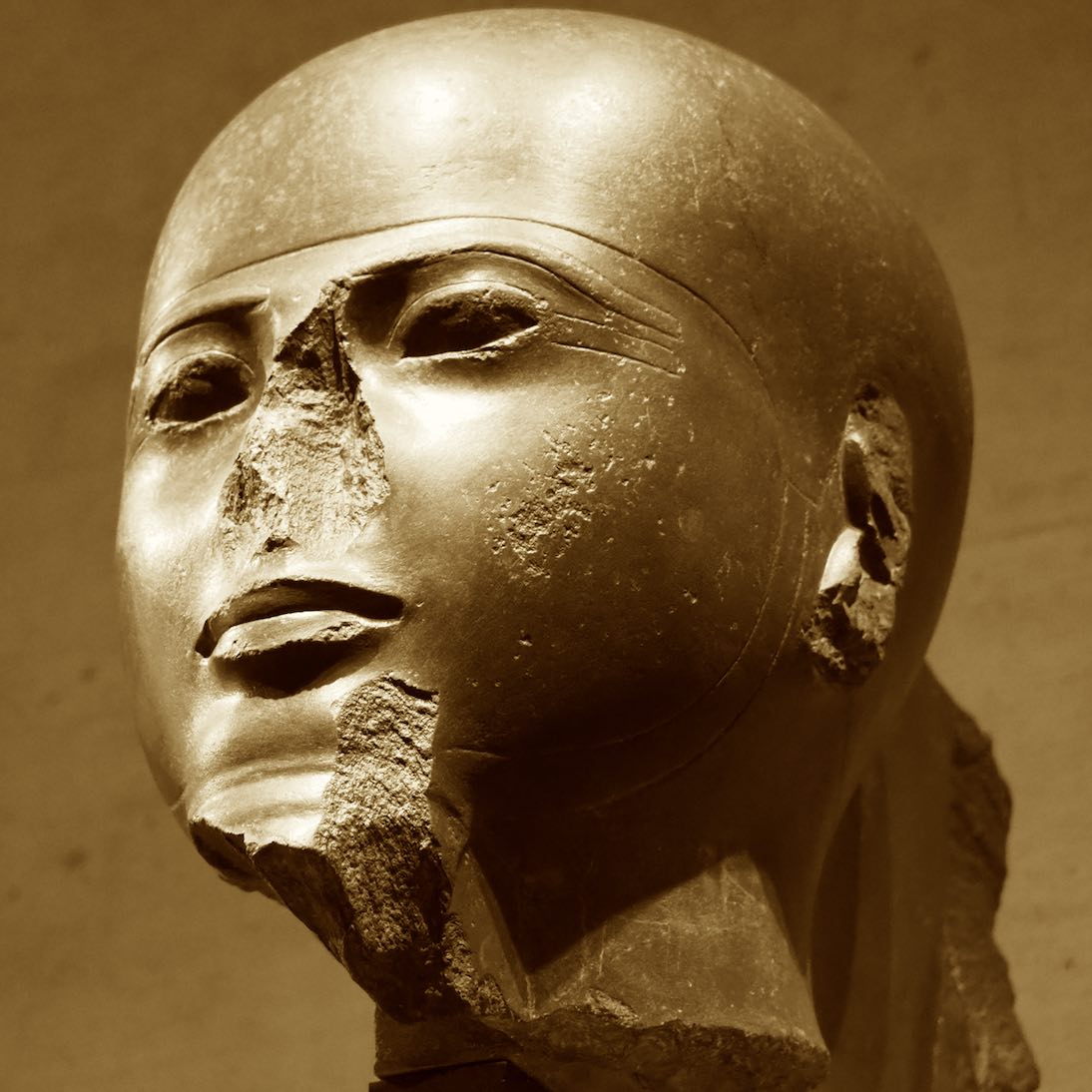
Ptah
Ptah, in Egyptian religion, creator-god and maker of things, a patron of craftsmen, especially sculptors; his high priest was called “chief controller of craftsmen.”
Read More
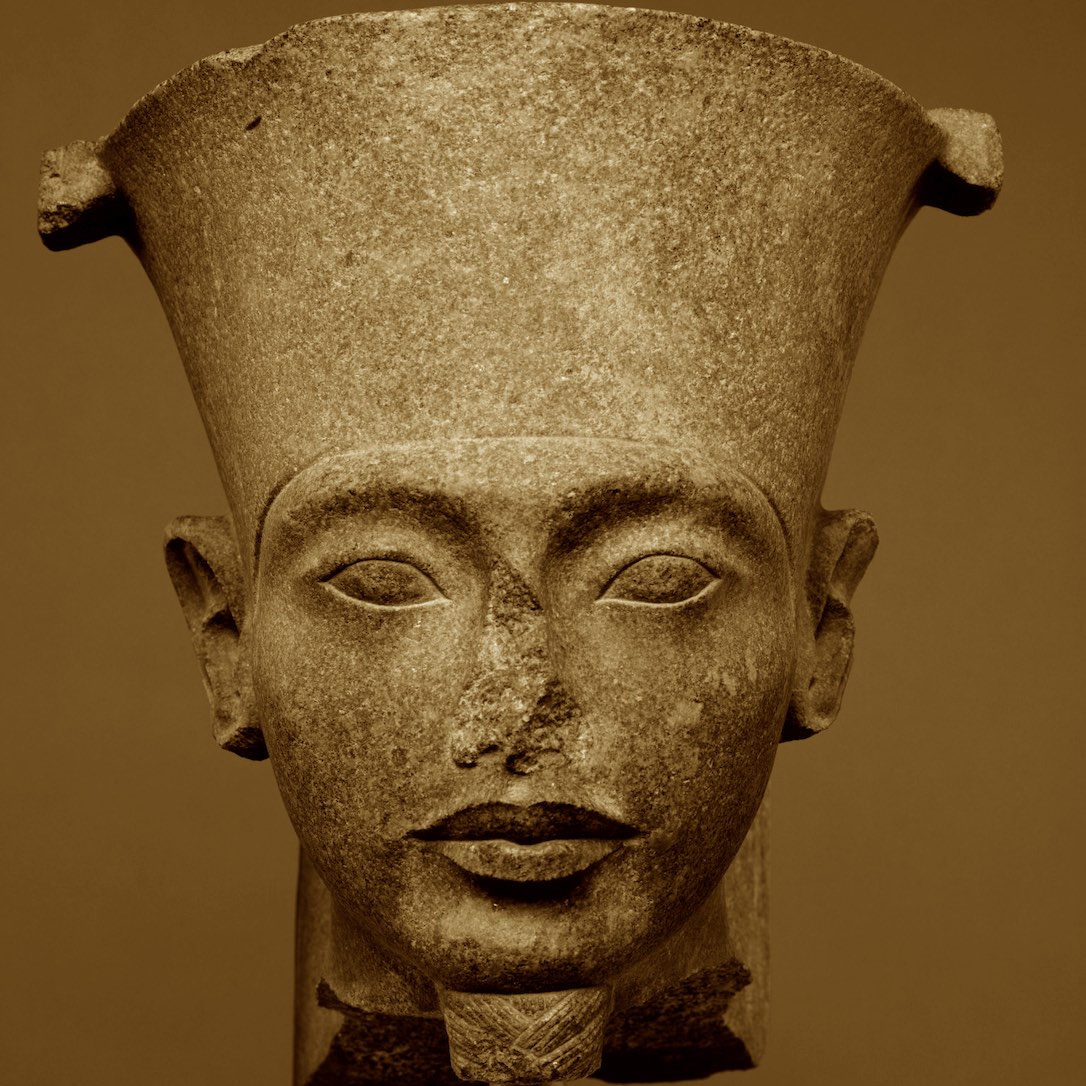
Amun
Amun
Amun was the most important deity in the Egyptian pantheon. His name means "The Hidden One" and prior to the Middle Kingdom (ca. 2055-1650 BCE).
Read More
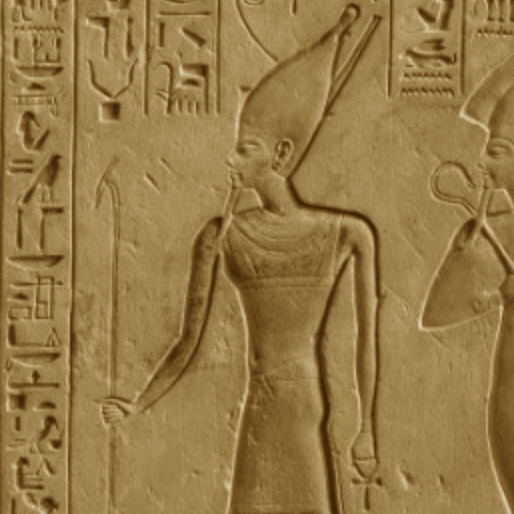
Atum
Atum
Atum was the great primeval deity of Heliopolis, and his cult rose to importance as early as the Old Kingdom. His most essential nature is that of the "self-engendered one".
Read More
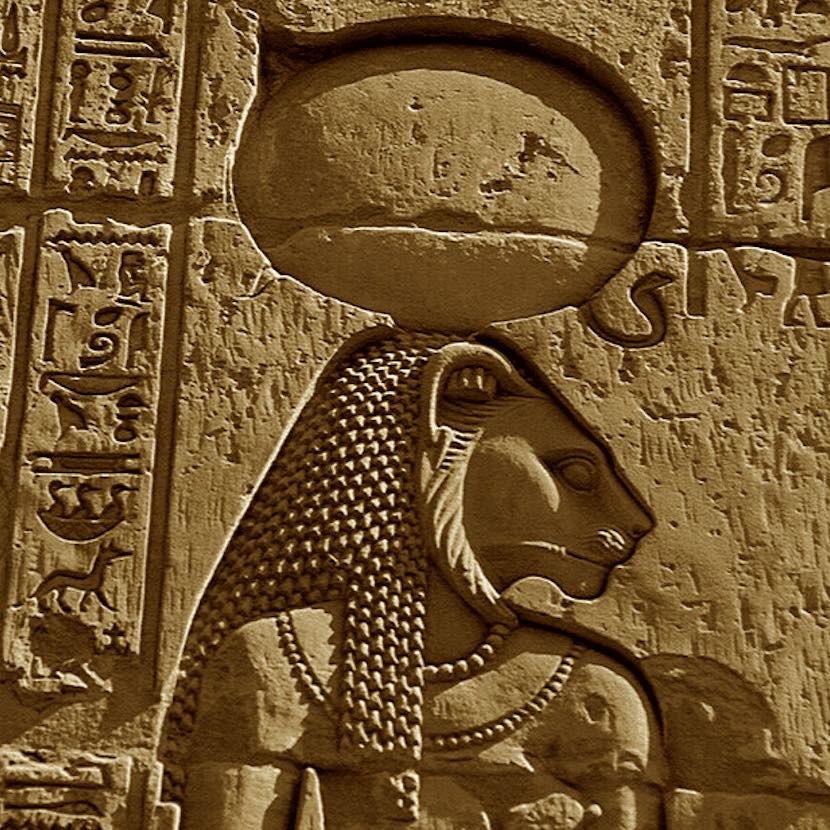
Tefnut
Tefnut
Tefnut was the ancient Egyptian goddess of water and fertility. She and her brother and husband, Shu, were created by Atum, Ra or Amun. Tefnut was the mother of Nut and Geb also she is associated with the lion.
Read More
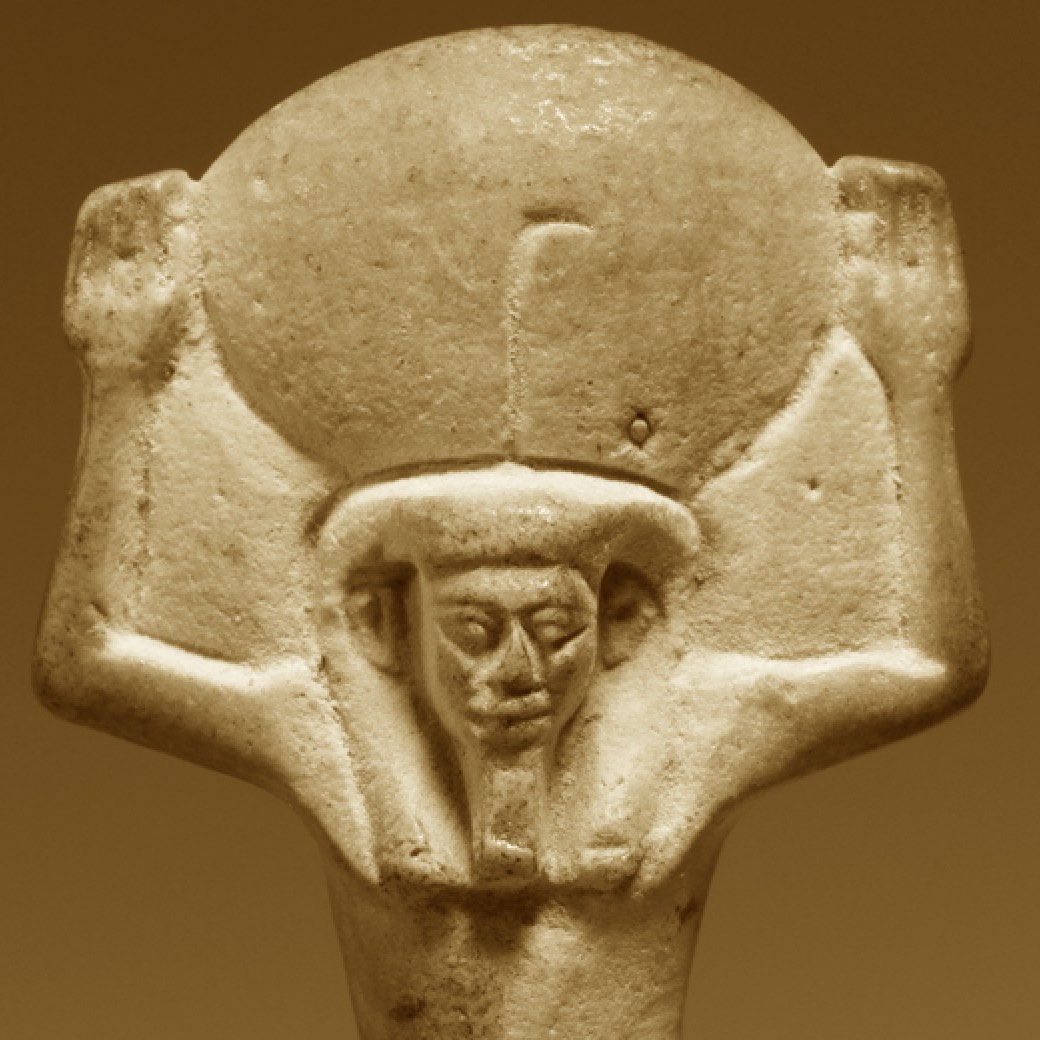
Shu
Shu
Shu, in Egyptian religion, god of the air and supporter of the sky, created by Atum by his own power. Shu and his sister Tefnut, were the first couple of the group of nine gods called the Ennead of Heliopolis.
Read More
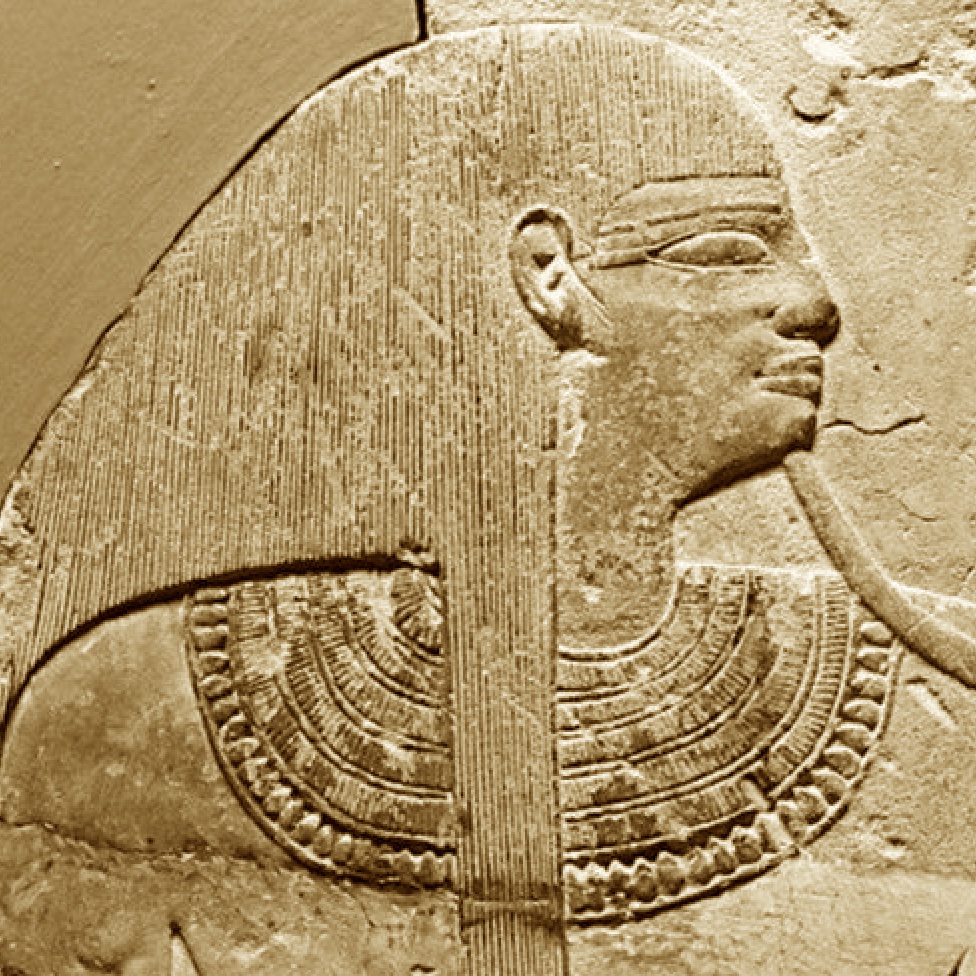
Geb
Geb
Geb is the Egyptian god of the Earth, farming and fertility, the son of Shu and Tefnut, and the brother/husband of the sky goddess Nut.
Read More
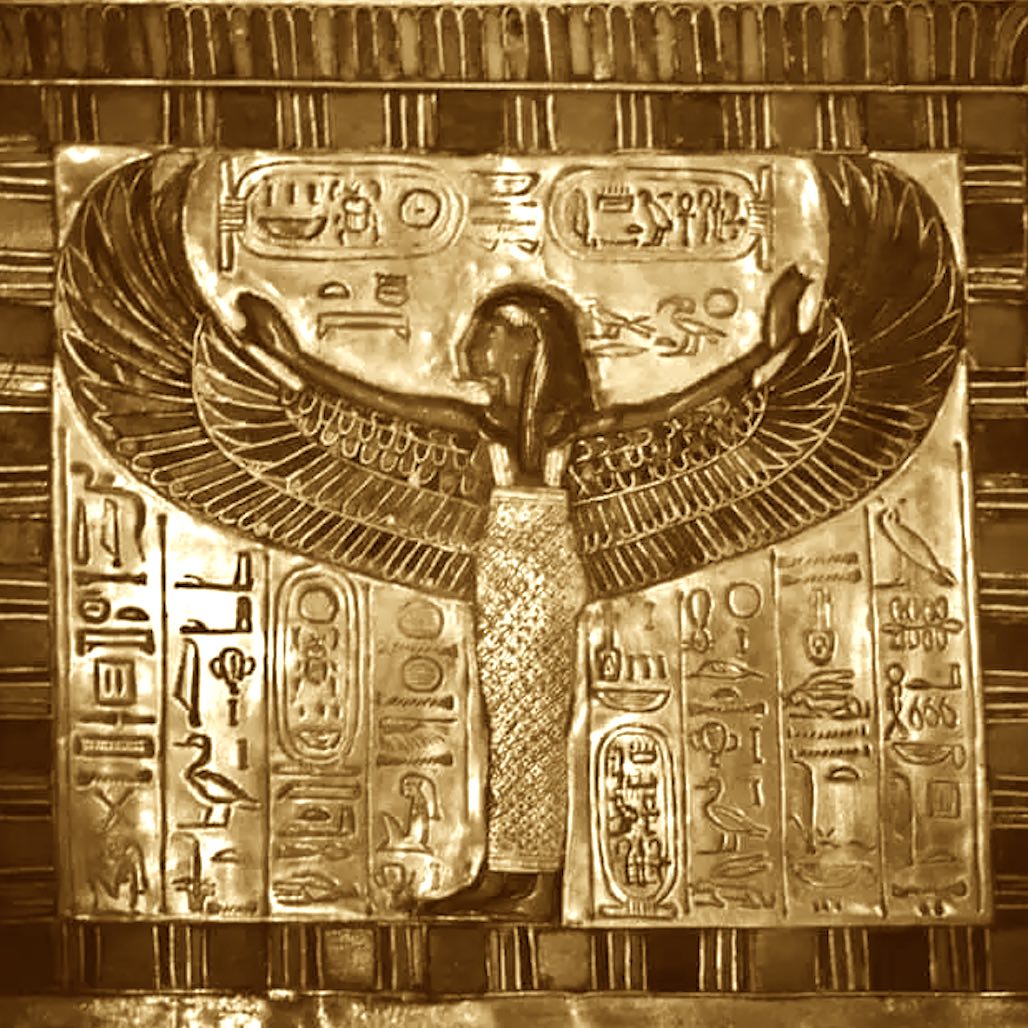
Nut
Nut
Nut, in Egyptian religion, a goddess of the sky, vault of the heavens, often depicted as a woman arched over the earth god Geb.
Read More
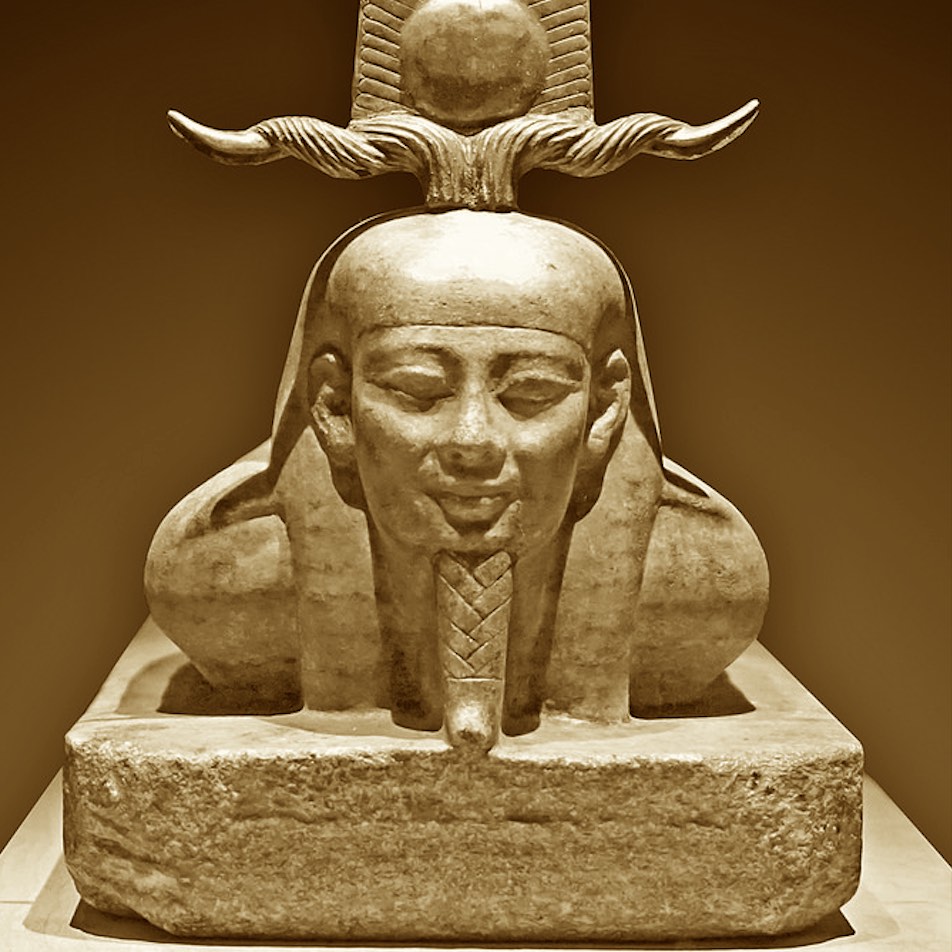
Osiris
Osiris
Osiris is the Egyptian Lord of the Underworld and Judge of the Dead, brother-husband to Isis, and one of the most important gods of ancient Egypt.
Read More
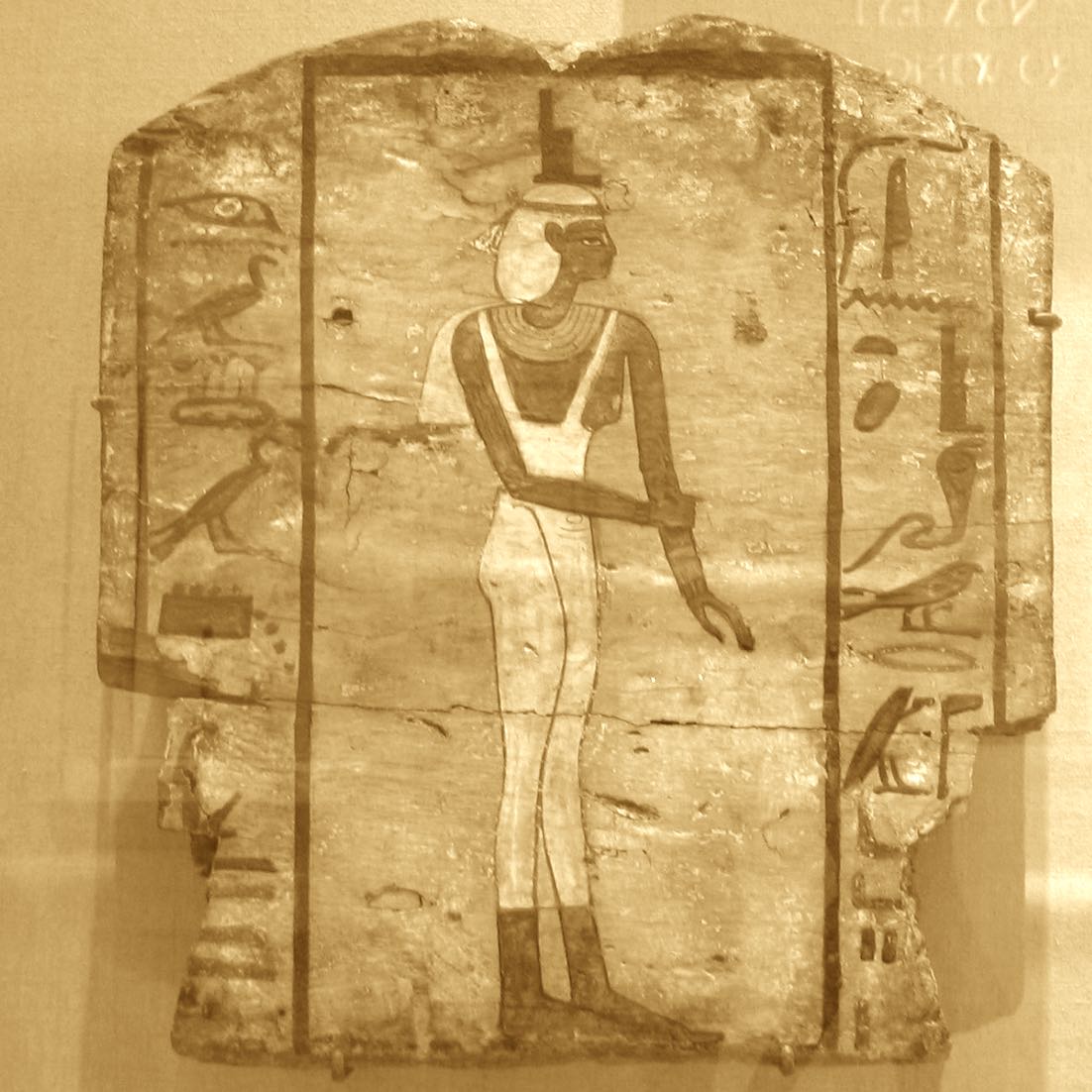
Isis
Isis
Isis, revered as the Egyptian goddess of love, healing, fertility, magic, and the moon, held immense significance in ancient Egyptian religious beliefs. She is the sister and wife to Osiris.
Read More
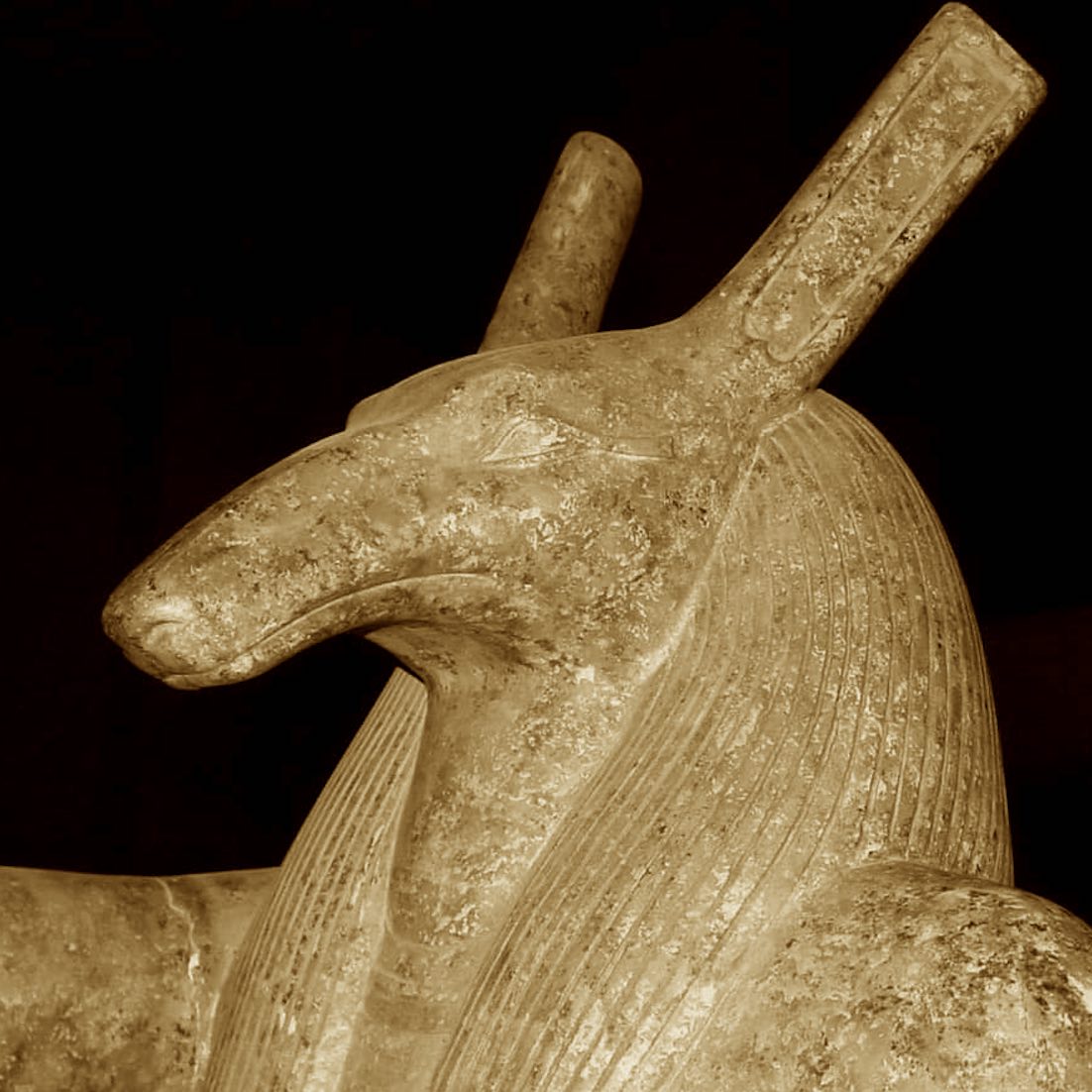
Seth
Seth
The name Seth, or Satet means strength, but also chaos, destruction, confusion, evil, anger, and storms. He killed his brother Osiris to assume the throne, only to be challenged by Horus.
Read More
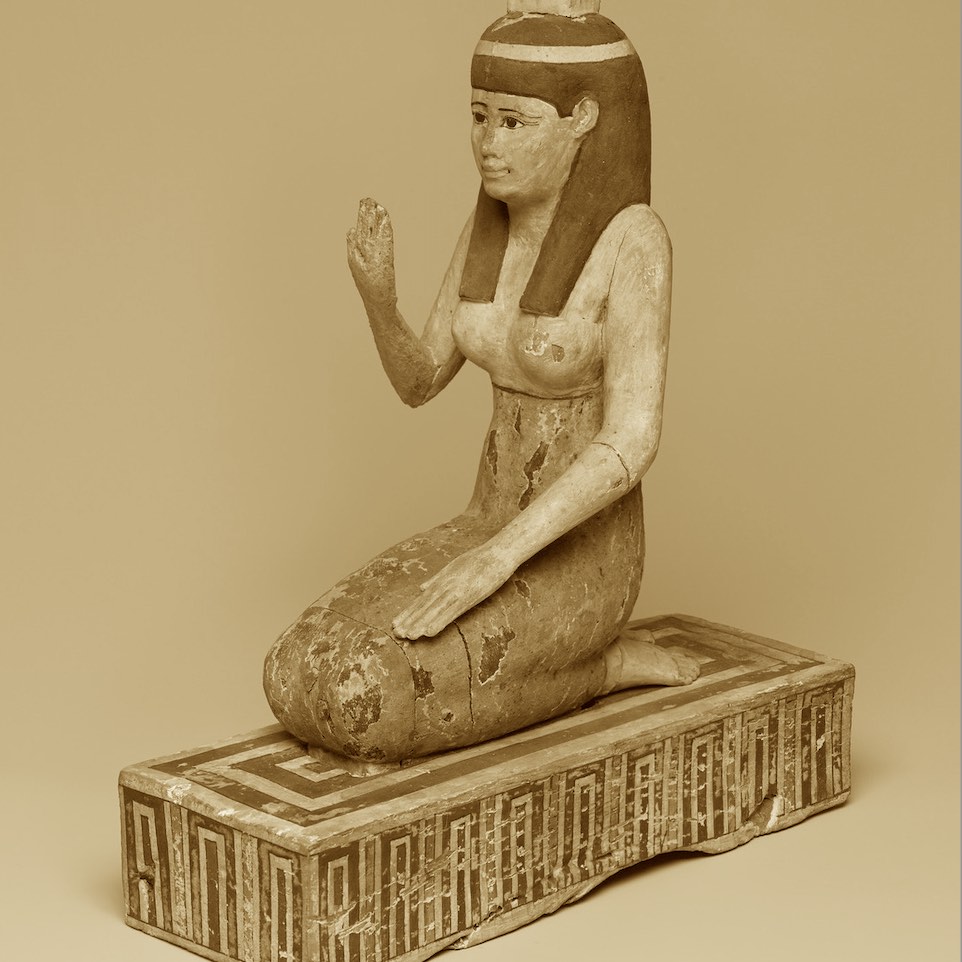
Nephthys
Nephthys
Nephthys, or “Mistress of the House,” was the goddess of the air. She also sometimes represented Lower Egypt along with Ptah-Tanen. In Egyptian mythology, Nephthys was the daughter of Geb (Earth) and Nut (sky) and the sister of Isis.
Read More
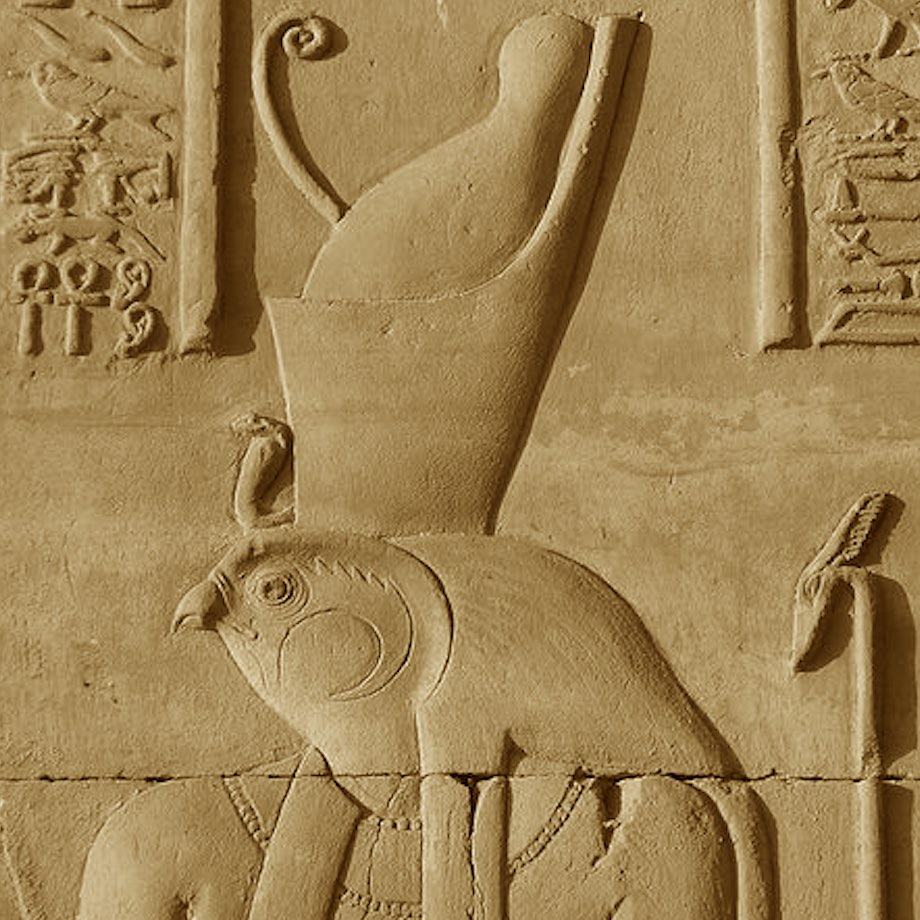
Horus
Horus
Horus was the Egyptian god of the Sky, Sun , Weather, Storms , Health , Healing, Kingship, Loyalty, War and Protection of mankind. He was the son of Isis and Osiris. After fighting his uncle, Seth (Osiris and Isis' brother) he became the king of Egypt.
Read More
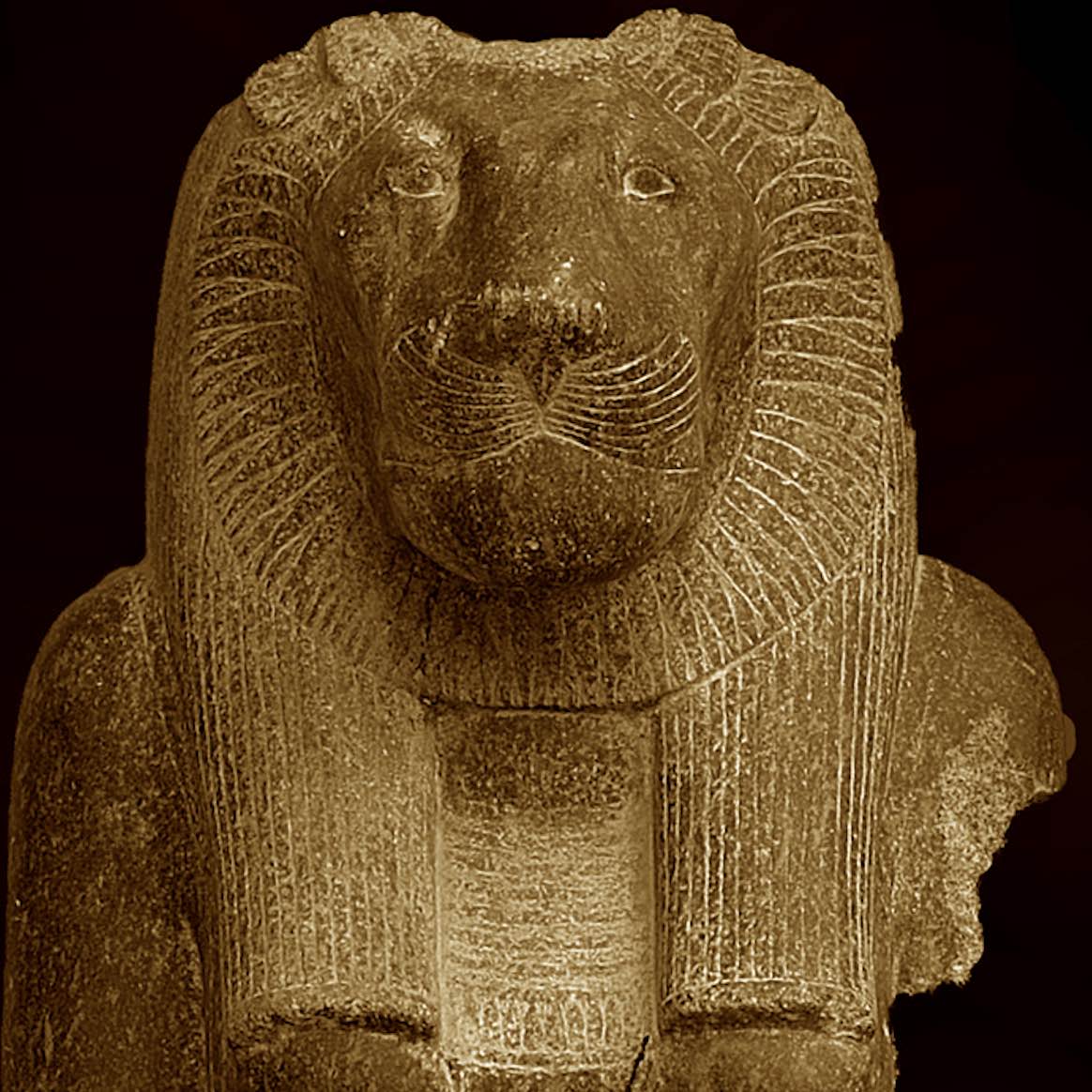
Sekhmet
Sekhmet
Sekhmet is the daughter of the sun god, Ra, and is among the more important of the goddesses in the Egyptian Pantheon. Sekhmet acted as the vengeful manifestation of Ra's power, the Eye of Ra.
Read More
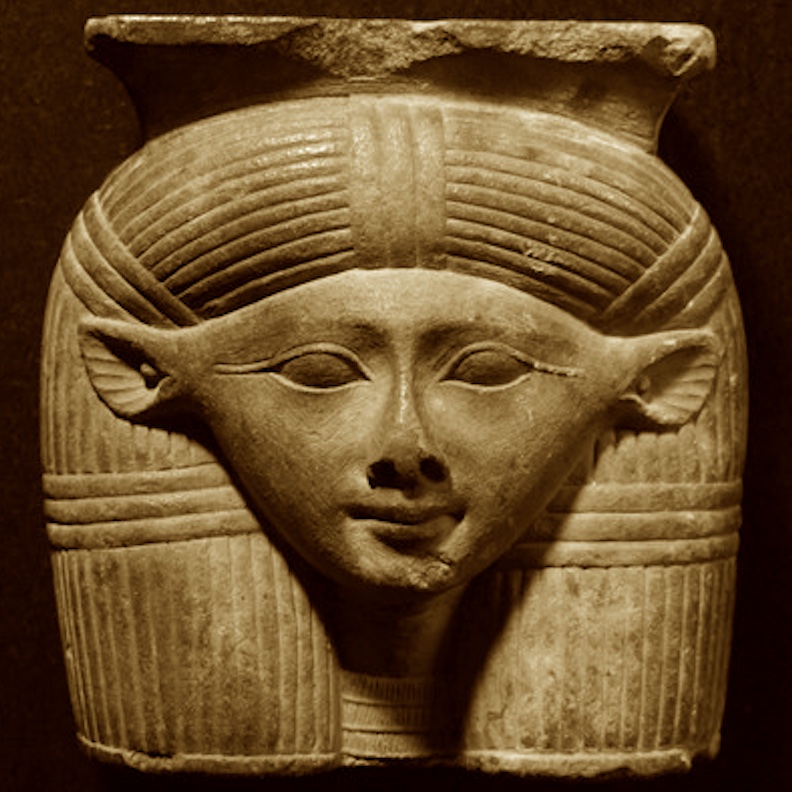
Hathor
Hathor
Hathor was primarily associated with love, beauty, and feminine attributes. She was considered the embodiment of femininity and was often invoked for matters of love, marriage, and childbirth.
Read More
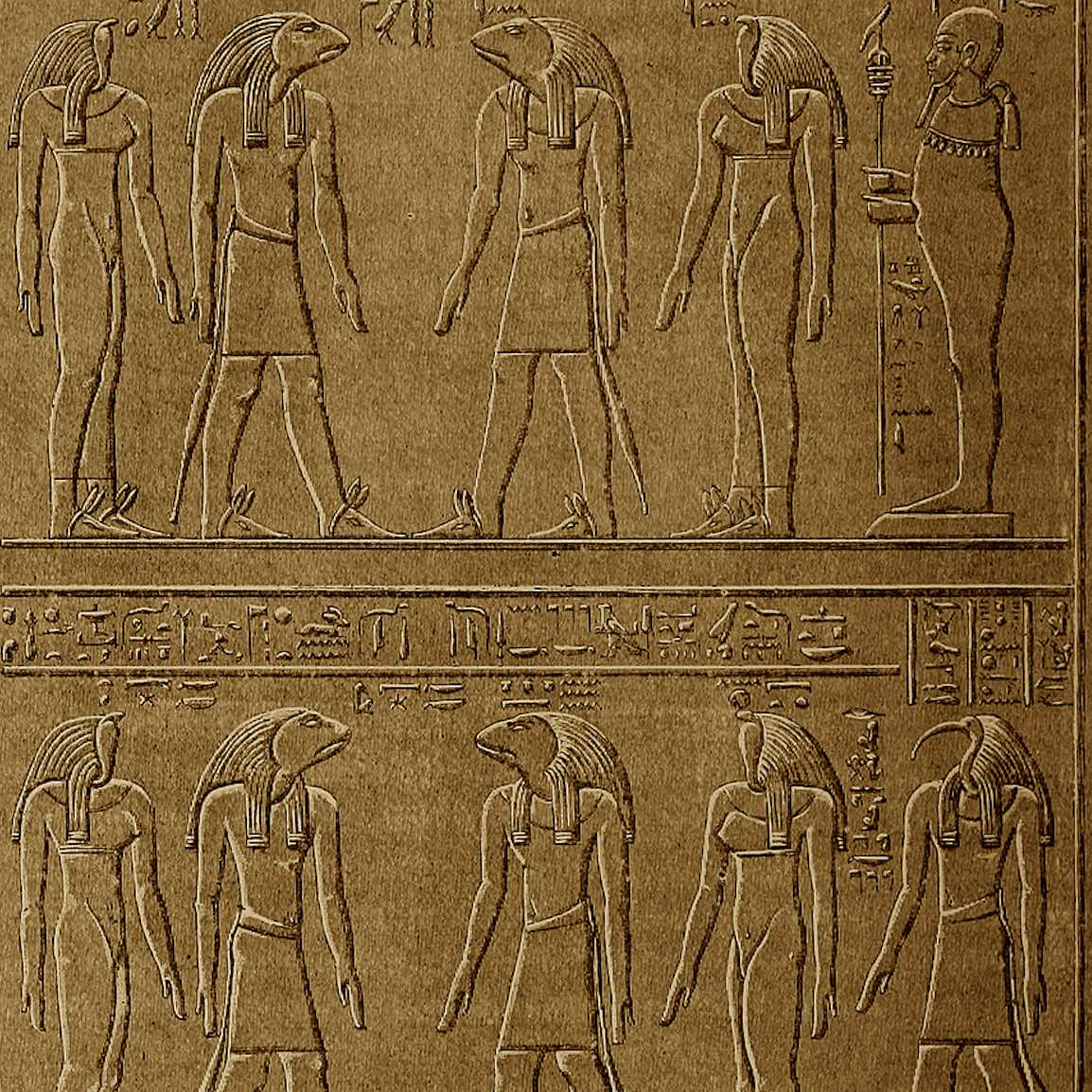
Ogdoad
Ogdoad
The Ogdoad of Hermopolis (Khmunu) consisted of four pairs of male and female deities. The names of the Ogdoad gods were Amun and Amaunet, Heh and Hehet, Kek and Keket, and Nun and Naunet.
Read More
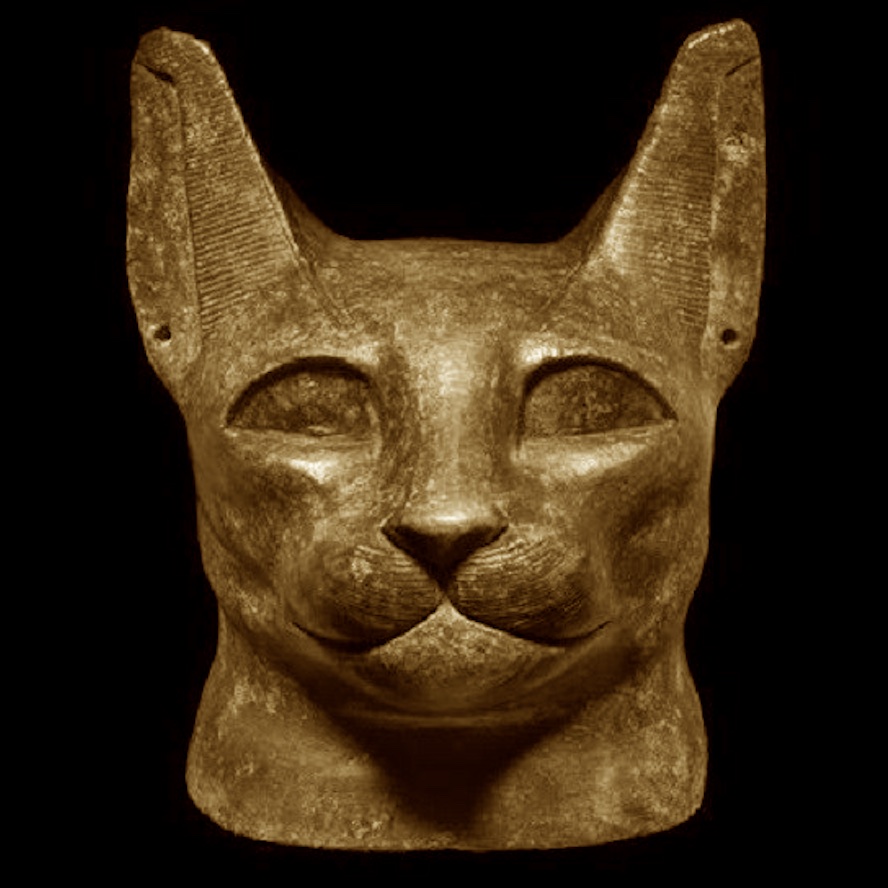
Bastet
Bastet
Bastet, ancient Egyptian goddess worshiped in the form of a lioness and later a cat. The daughter of Re, the sun god, Bastet was an ancient deity whose ferocious nature was ameliorated after the domestication of the cat around 1500 BCE.
Read More
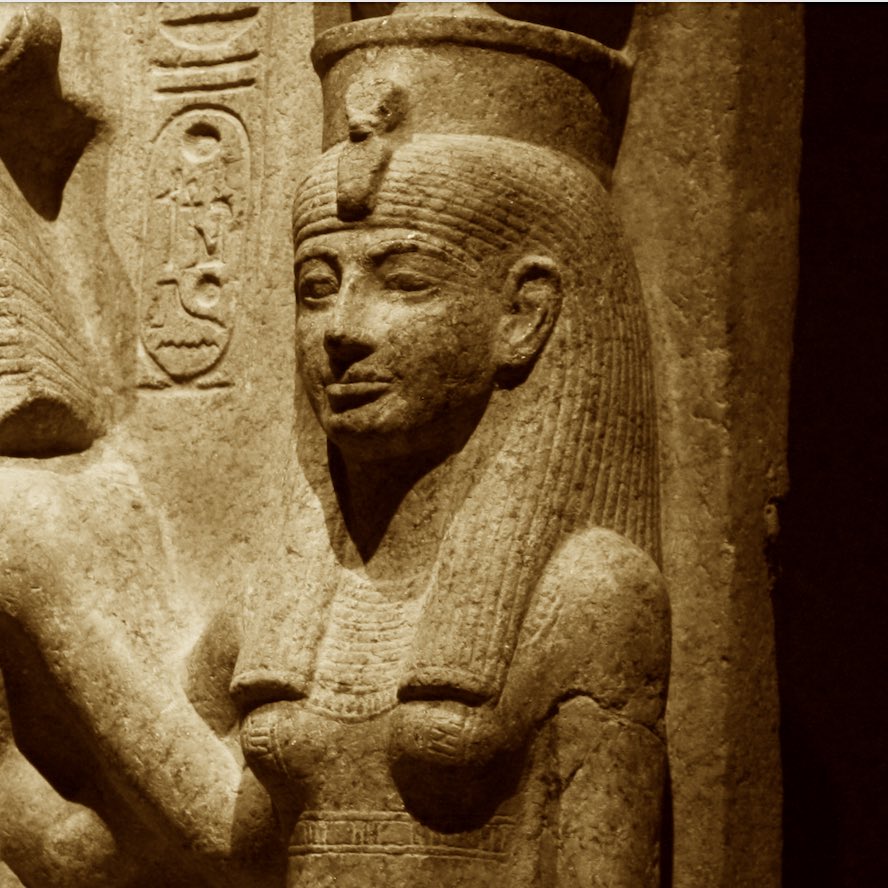
Mut
Mut
Mut is a sky goddess and great divine mother. Mut is thought to have originated in the Nile River delta or in Middle Egypt. She is the companion of the god Amon at Thebes, forming the Theban triad with him and with the youthful god Khons, Mut’s son.
Read More
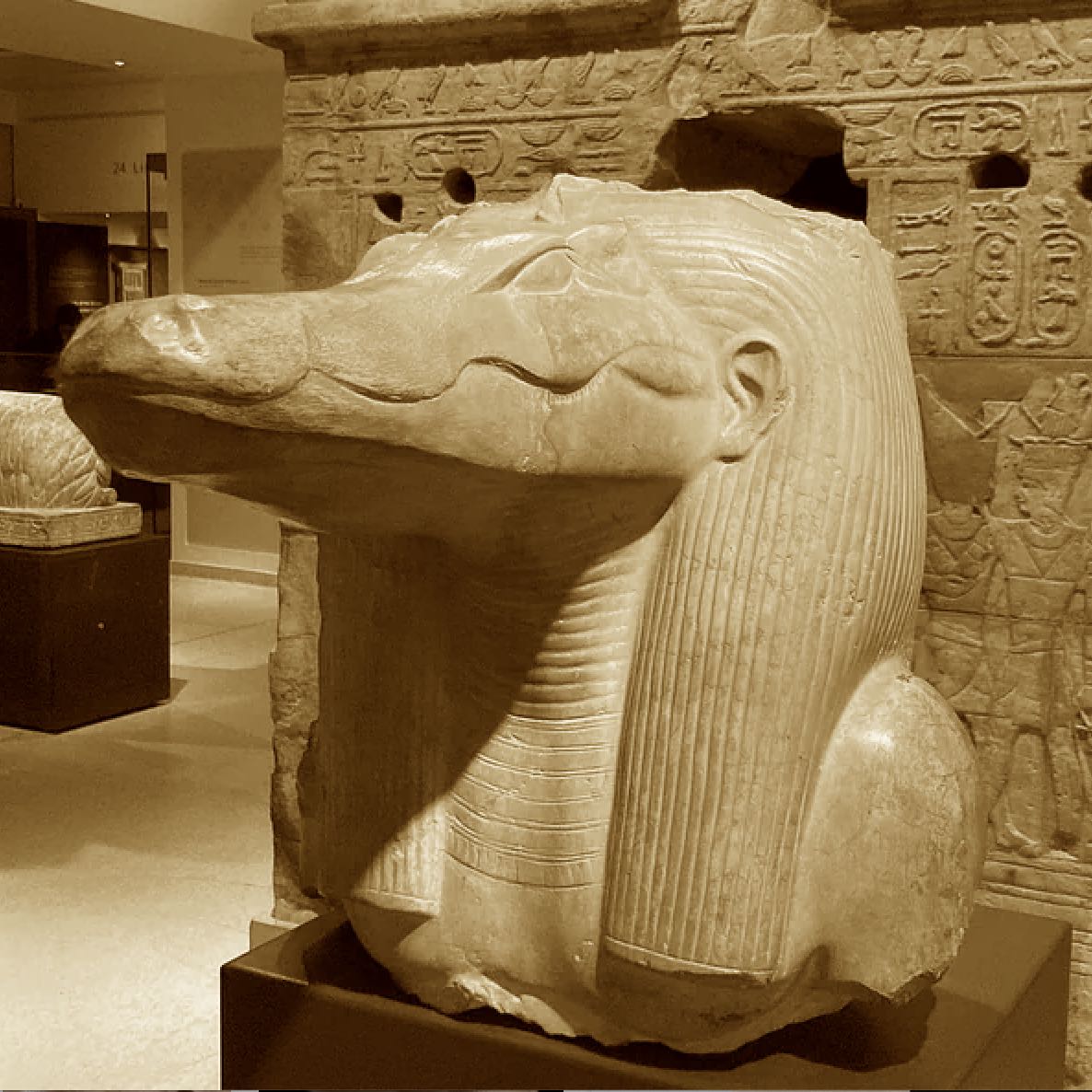
Sobek
Sobek
Sobek is the lord of the crocodiles and was depicted with a crocodile head. Some ancient Egyptian sects believed that Sobek created order in the universe and the world when he arose from the “Dark Water” and that he was the creator of the Nile River.
Read More
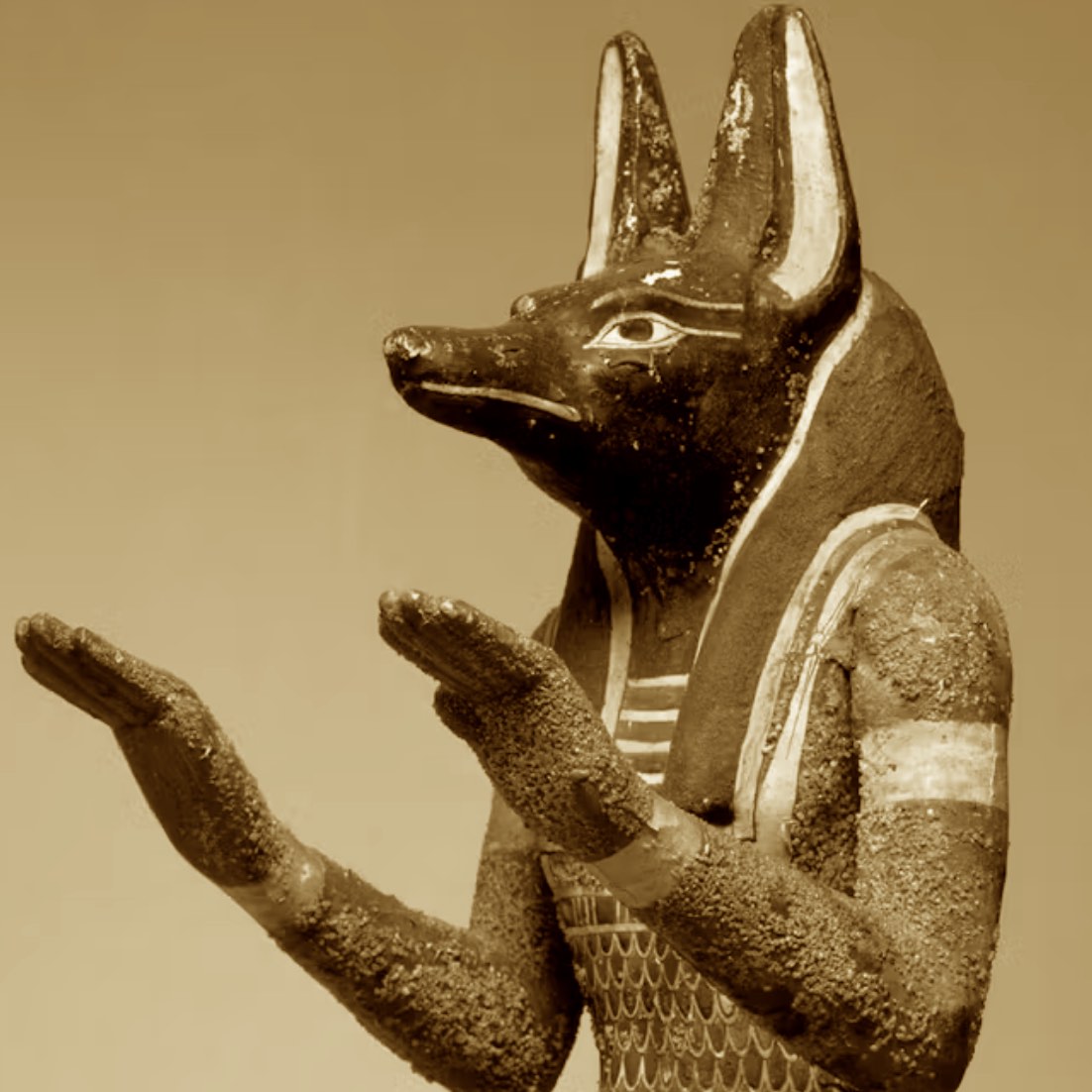
Anubis
Anubis
Anubis, ancient Egyptian god of funerary practices and care of the dead, represented by a jackal or the figure of a man with the head of a jackal.
Read More
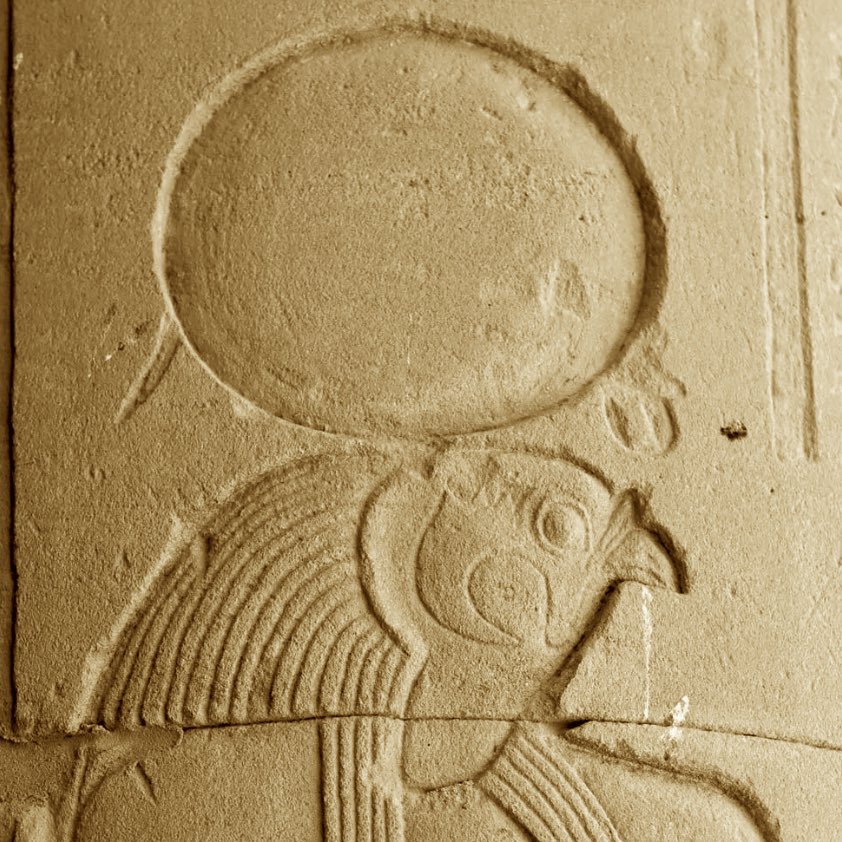
Khonsu
Khonsu
Khonsu's name means 'traveller', and this may relate to the perceived nightly travel of the Moon across the sky. He is the son of Amun and Mut, together they constitute the Thebes Triad.
Read More
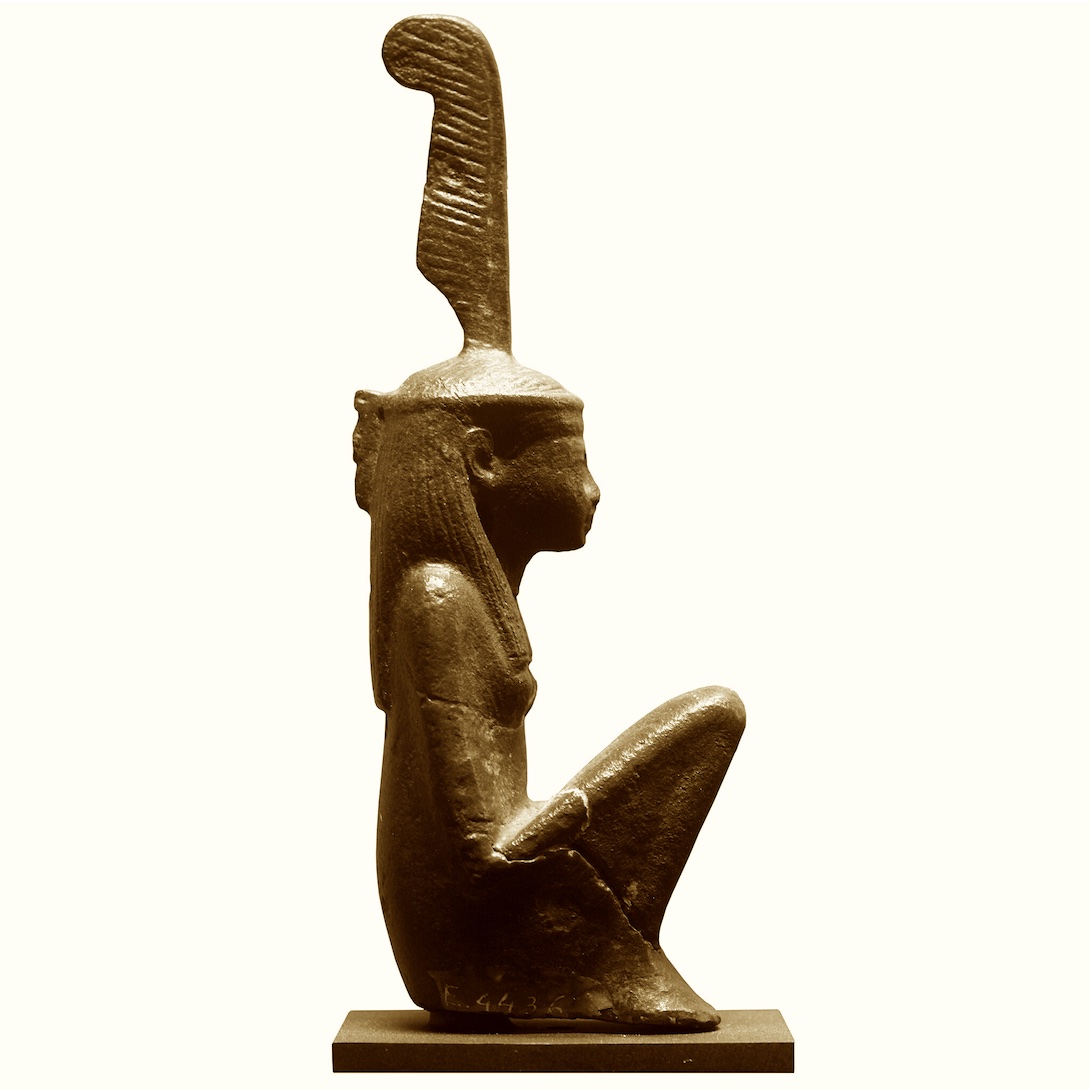
Ma'at
Ma'at
Ma'at is a comprehensive construct that existed throughout ancient Egyptian civilization. Cosmologically, Ma'at is the principle of order that informs the creation of the universe. Religiously, Ma'at is a goddess or neter representing order or balance.
Read More
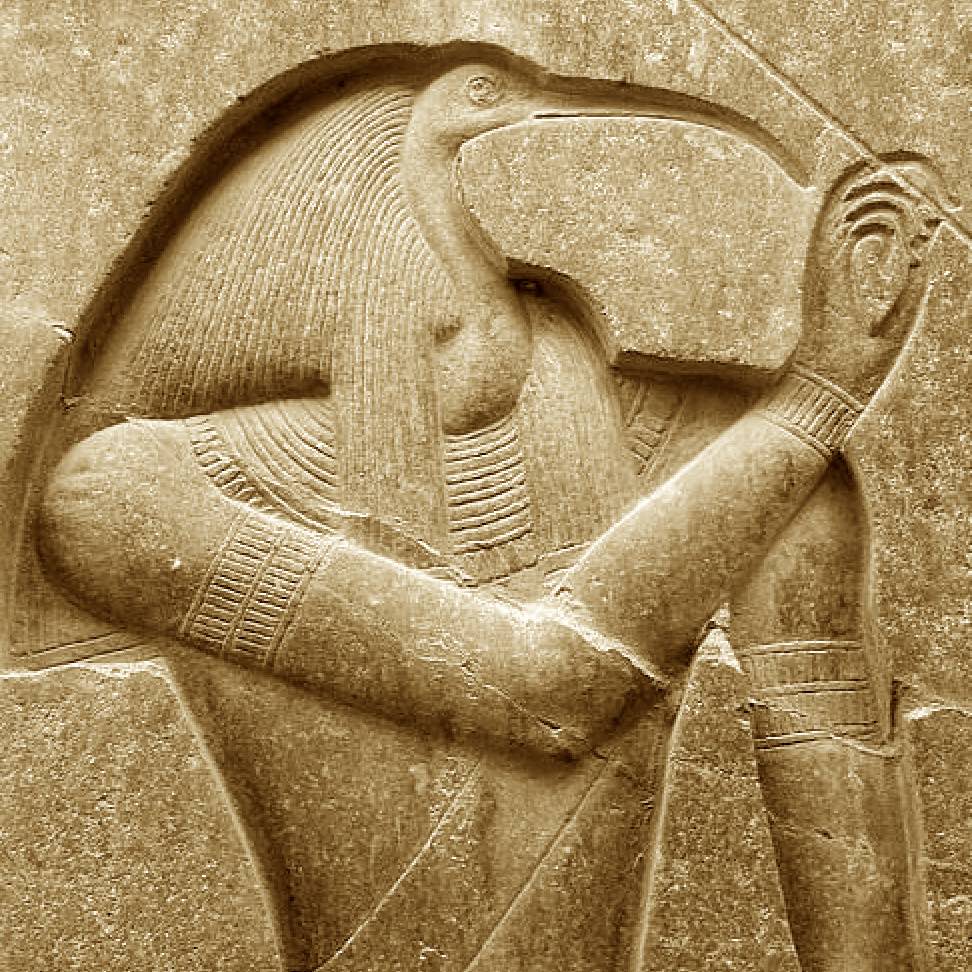
Thoth
Thoth
Thoth was the god of the moon, sacred texts, mathematics, the sciences, magic, messenger and recorder of the deities, master of knowledge, and patron of scribes. He was depicted as an ibis bird or a baboon.
Read More
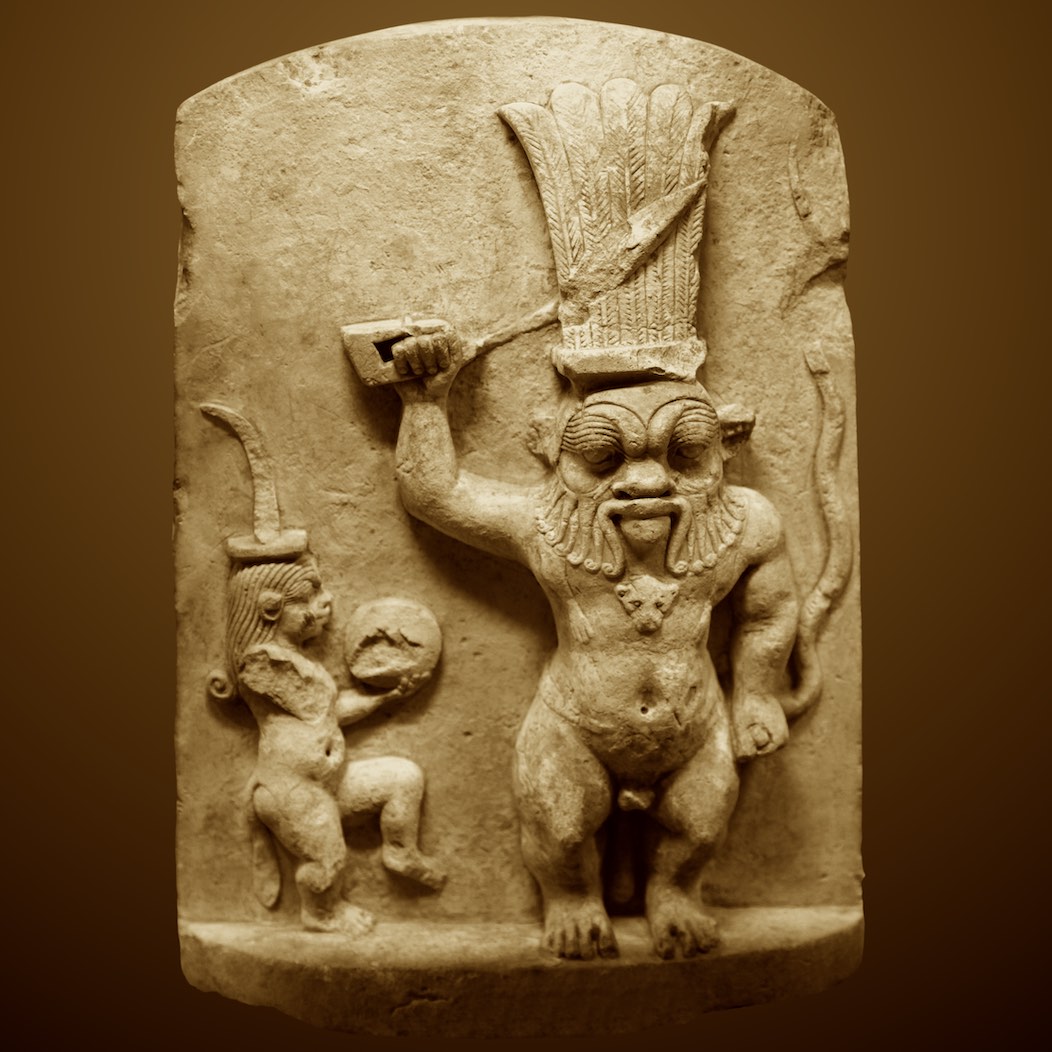
Bes
Bes
Bes is god of childbirth, fertility, sexuality, humor, and war, but served primarily as a protector god of pregnant women and children. He is regularly depicted as a dwarf with large ears, long-haired and bearded, with prominent genitals, and bow-legged.
Read More
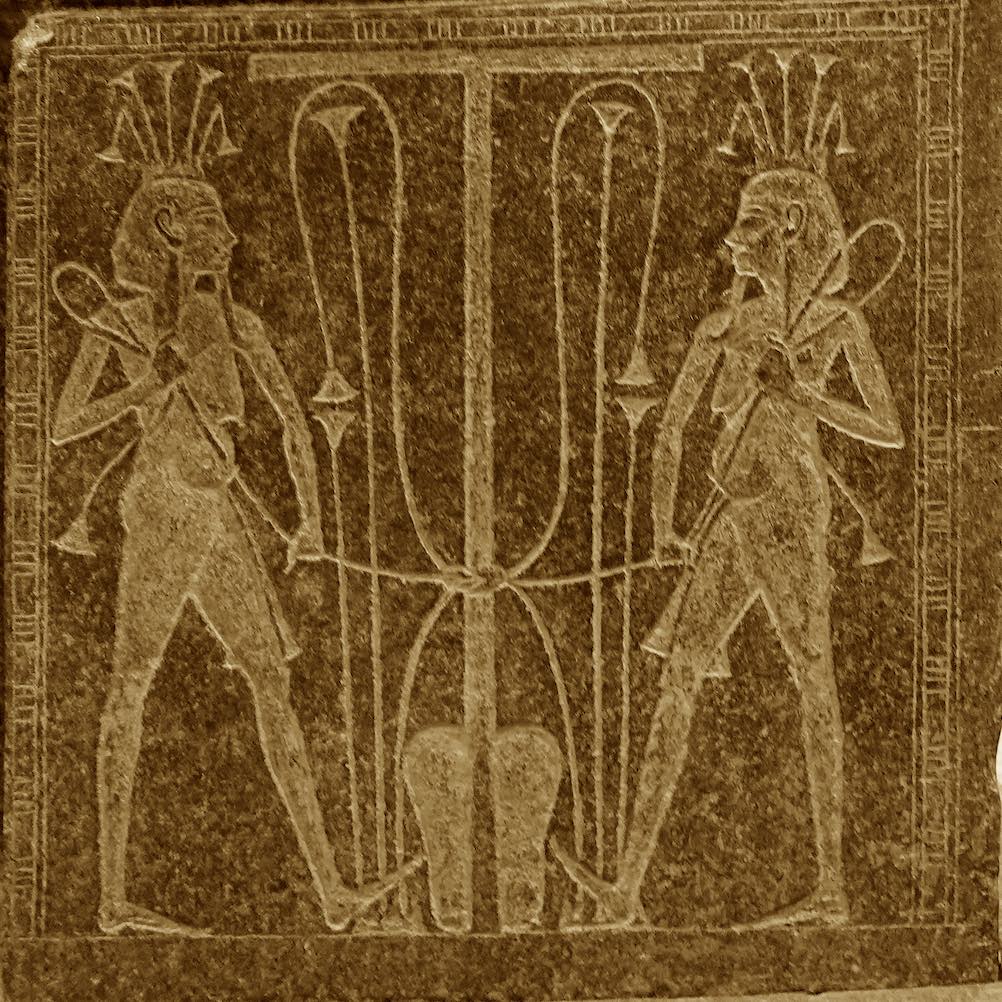
Hapi
Hapi
Hapi is the god of the inundation of the Nile, usually depicted as a fat man with breasts, a sign of abundance & fertility. On his head are usually a number of water plants, his body is sometimes painted blue & sometimes has depictions of water lines.
Read More
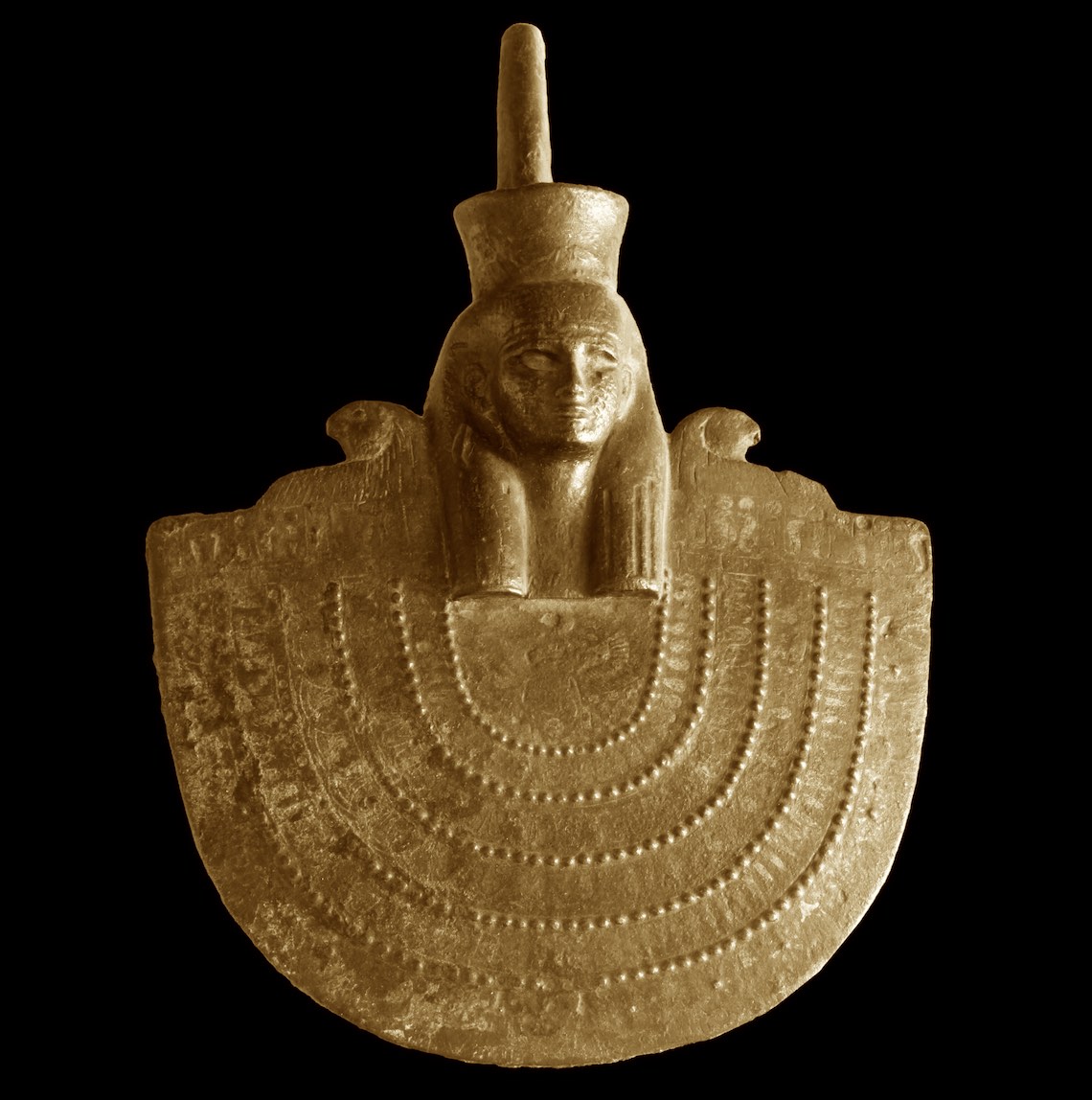
Neith
Neith
Neith - One of the oldest and most enduring deities of ancient Egypt, worshipped from the Predynastic Period (c. 6000-3150 BCE) through the Ptolemaic Dynasty (323-30 BCE), the last to rule Egypt before it was taken by Rome. Neith was a war goddess, creator goddess, mother goddess, and funerary goddess in her time and patron of the city of Sais in the Nile Delta.
Read More
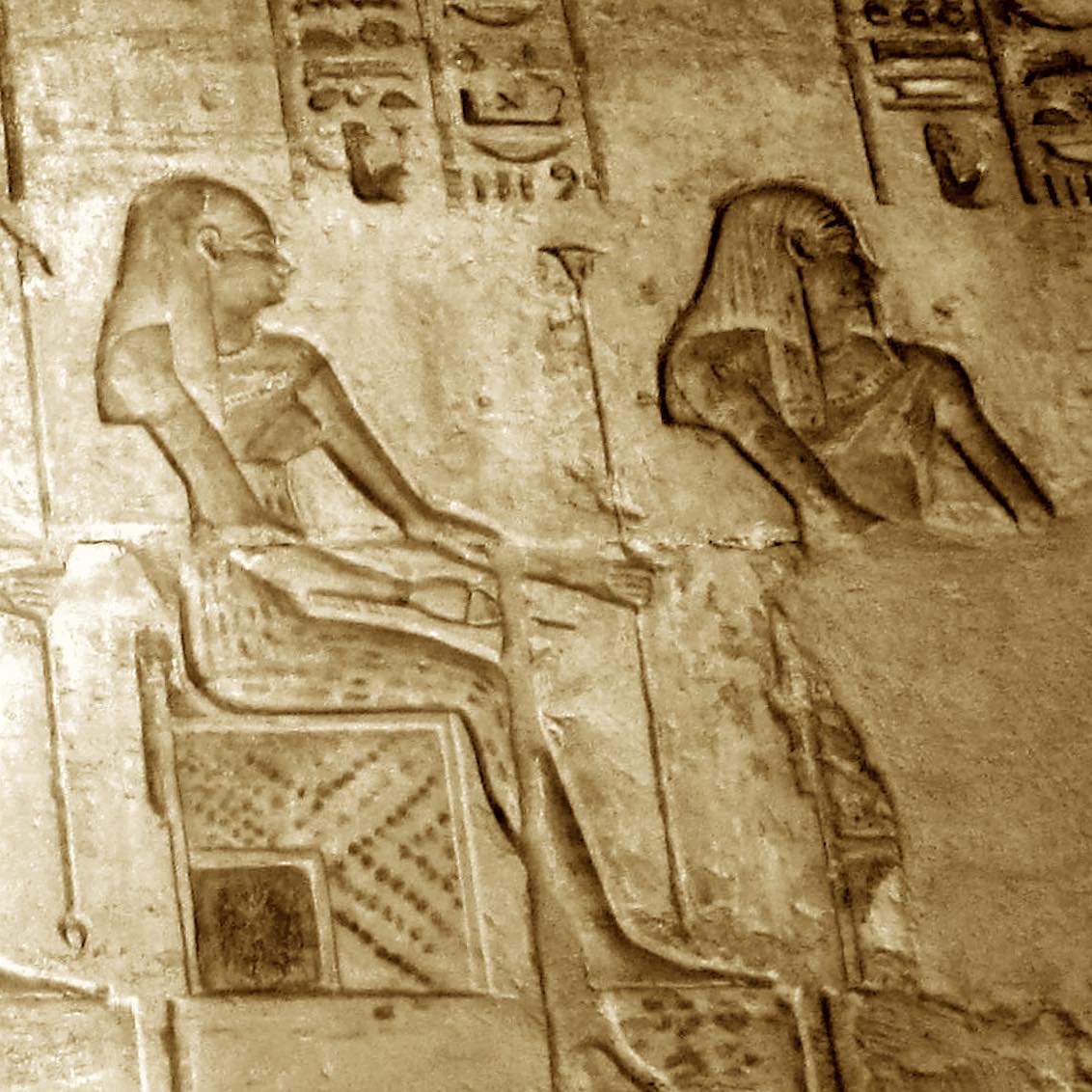
Nun and Naunet
Nun and Naunet
Naunet is his female aspect and consort. Nu is commonly regarded as "Father of the Gods" while Naunet is only referenced regarding the Ogdoad, the grouping of eight primordial gods, four males matching four females.
Read More
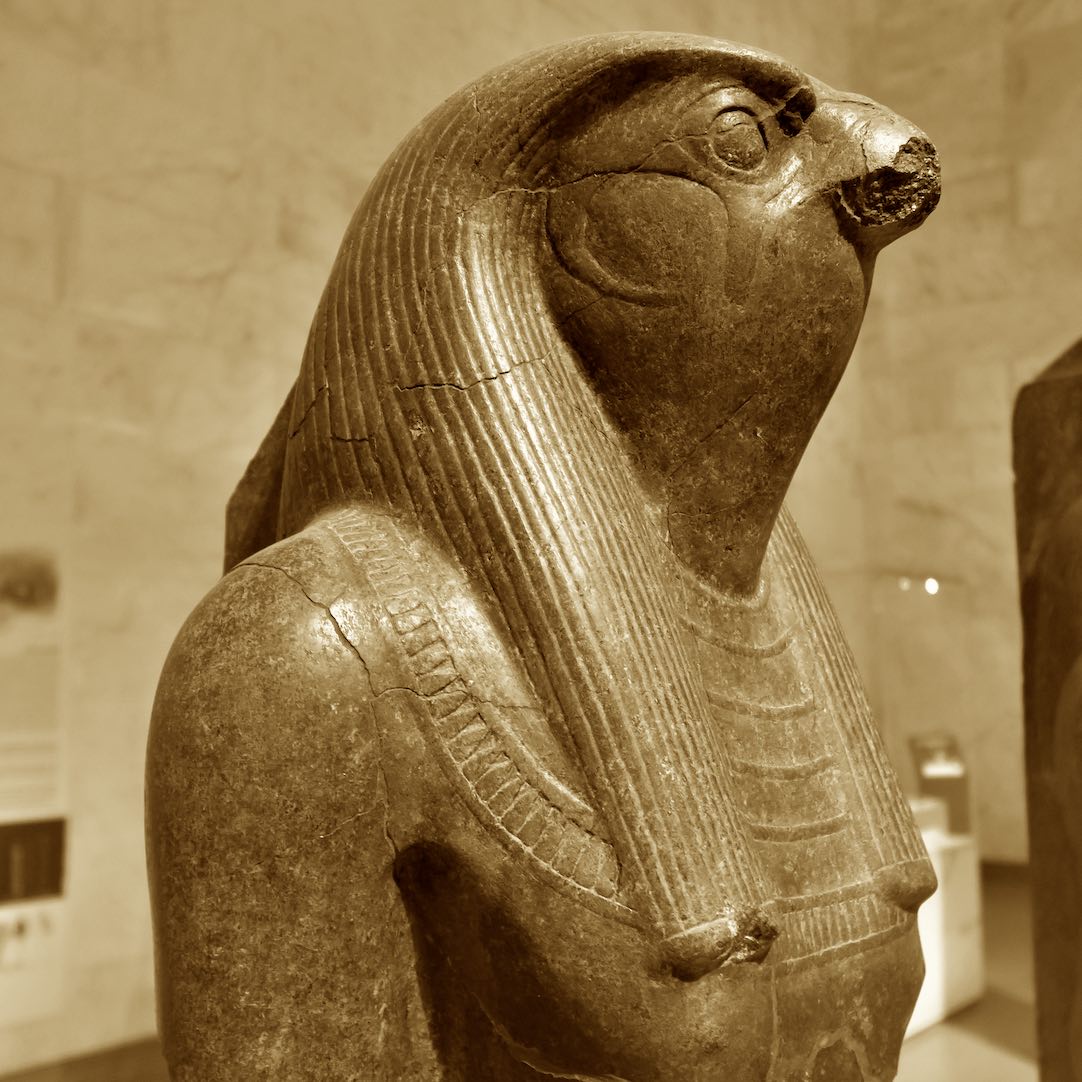
Ra-Horakhty
Ra-Horakhty
Ra-Horakhty represented a doctrinal union between the heavenly kingship represented by the god Ra and the earthly kingship represented by the god Horus as an expression of the authority of the sun god.
Read More
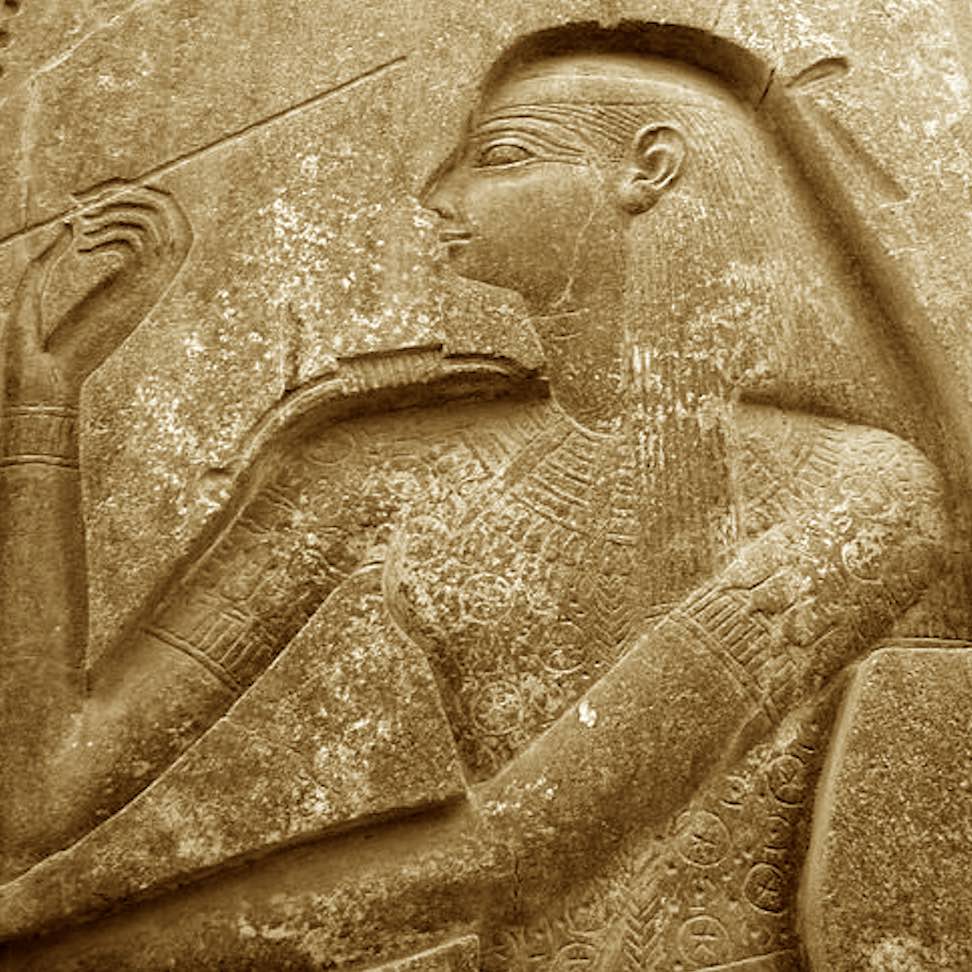
Seshat
Seshat
Seshat is the ancient Egyptian goddess of writing, wisdom, and knowledge. The daughter of Thoth, She was seen as a scribe and record keeper; her name means "female scribe". She is credited with inventing writing.
Read More
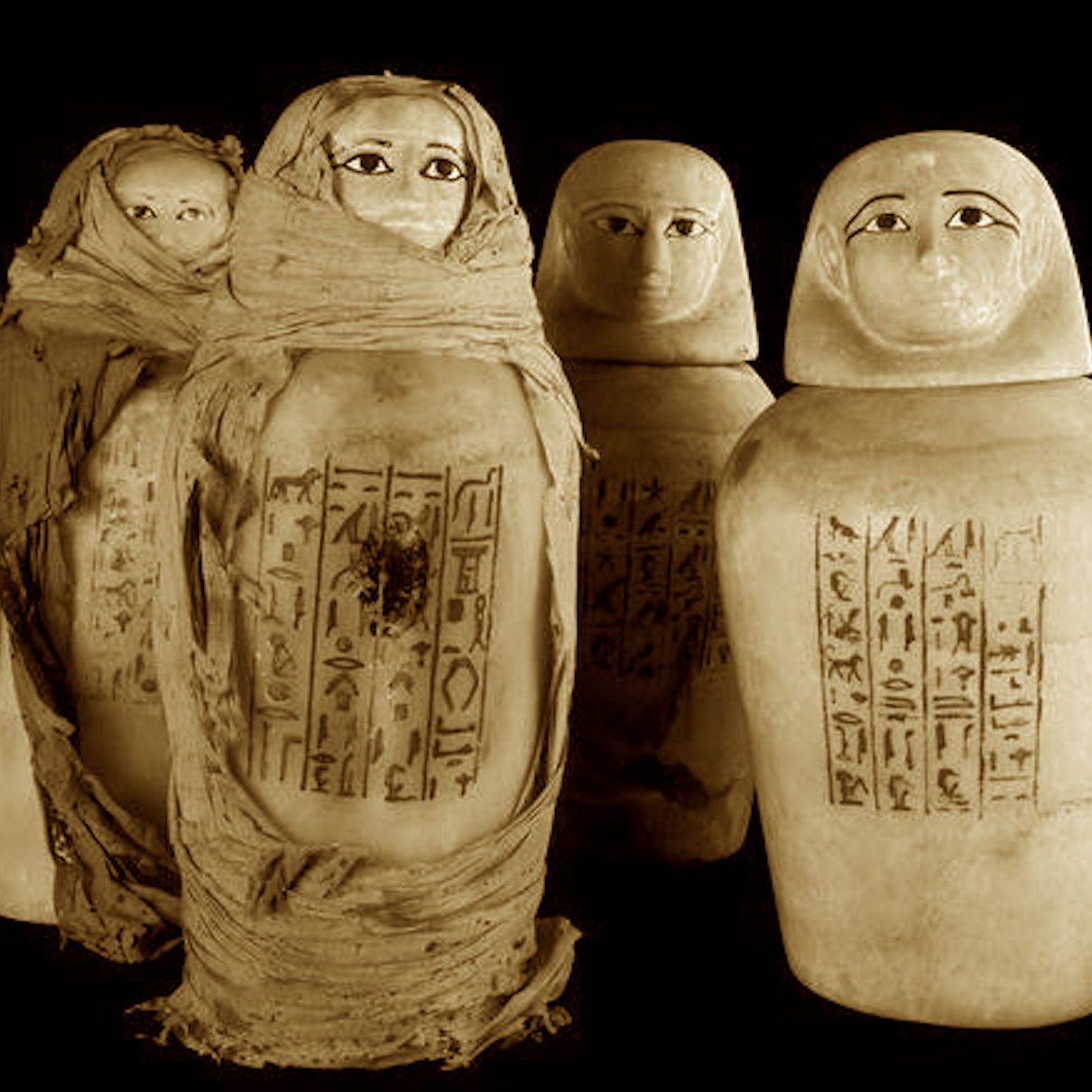
Four Sons of Horus
Four Sons of Horus
Canopic jars were made to contain the organs that were removed from the body in the process of mummification. Each organ was protected by one of the Four Sons of Horus: Hapy (lungs), Imsety (liver), Duamutef (stomach), and Qebehsenuef (intestines).
Read More
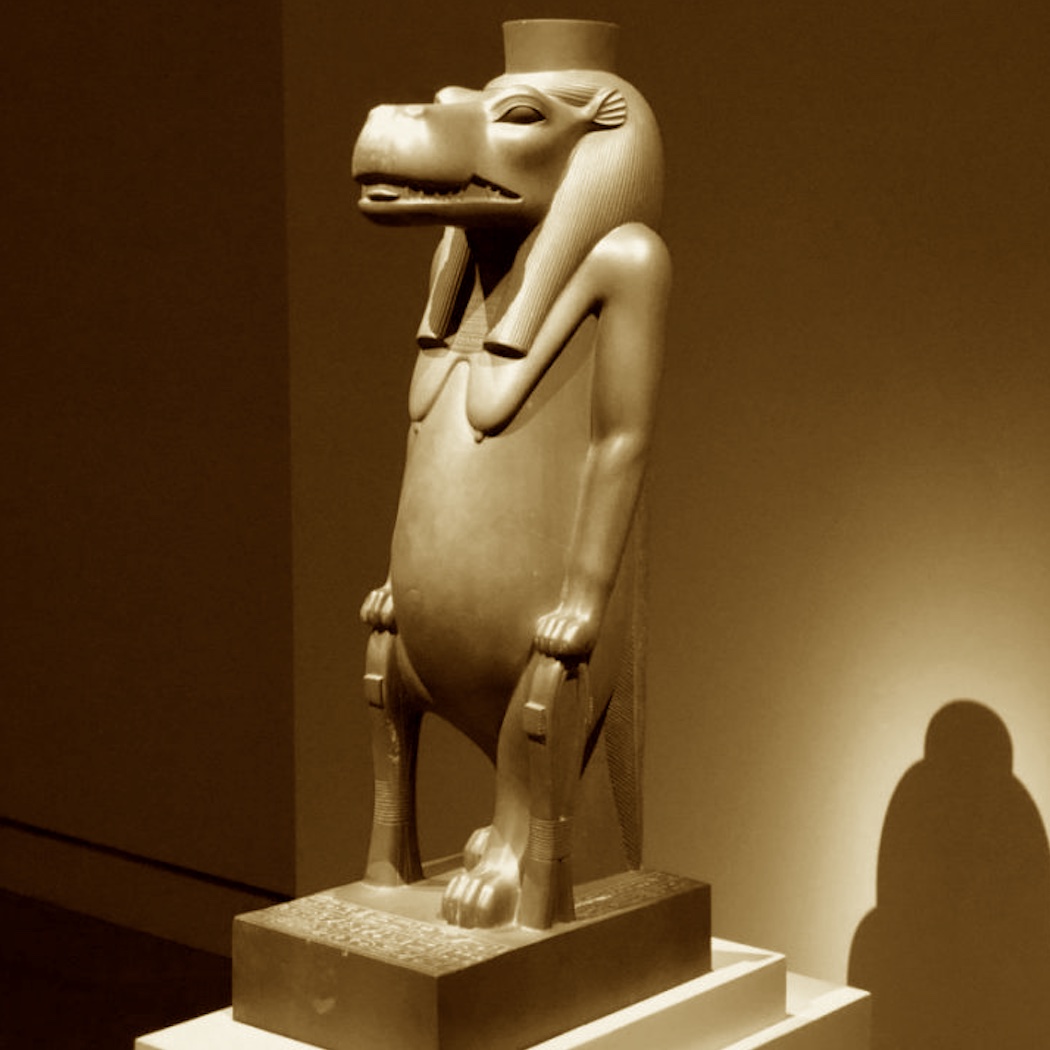
Taweret
Taweret is the benevolent protectress of fertility & childbirth, She is depicted as having the head of a hippopotamus standing upright (sometimes with the breasts of a woman), the tail of a crocodile, & the claws of a lion.
Read More
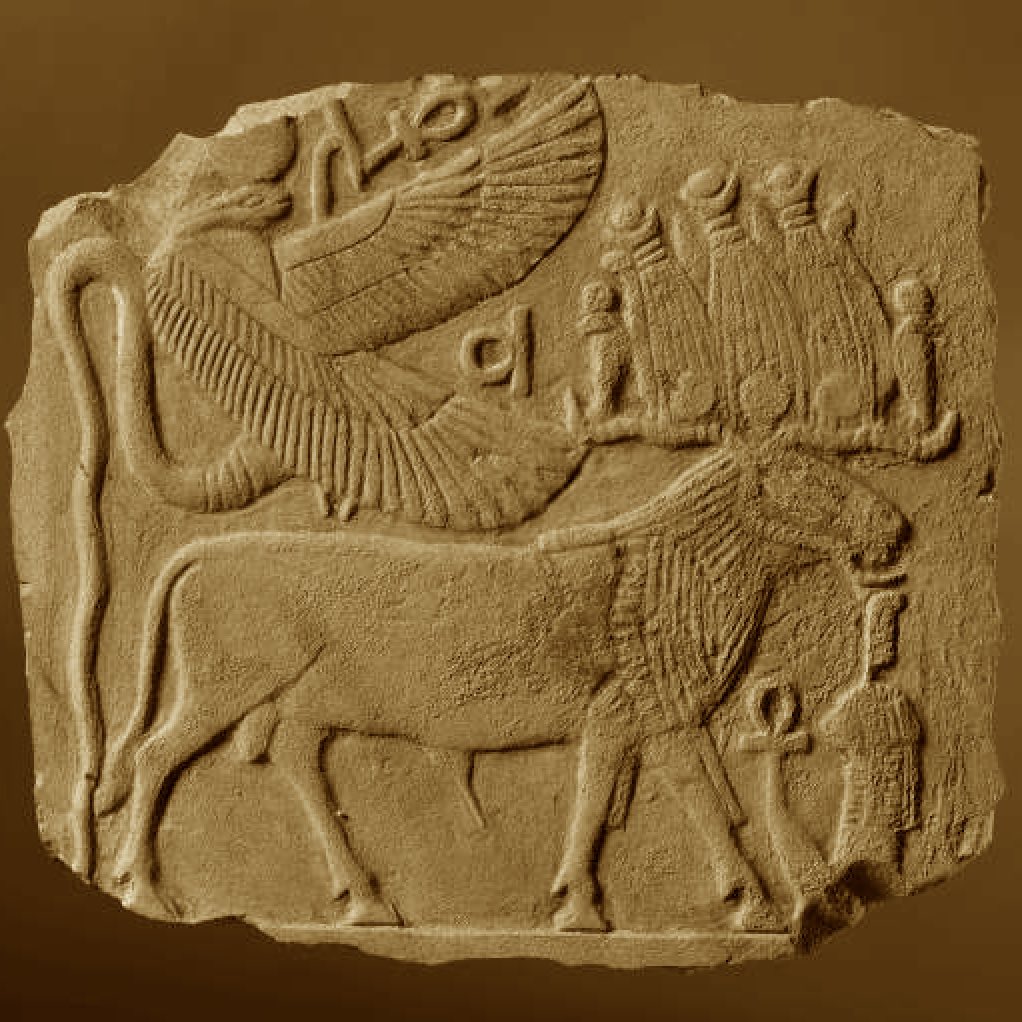
Wadjet
Wadjet
Wadjet, cobra goddess of ancient Egypt. Depicted as a cobra twined around a papyrus stem, she was the tutelary goddess of Lower Egypt.
Read More
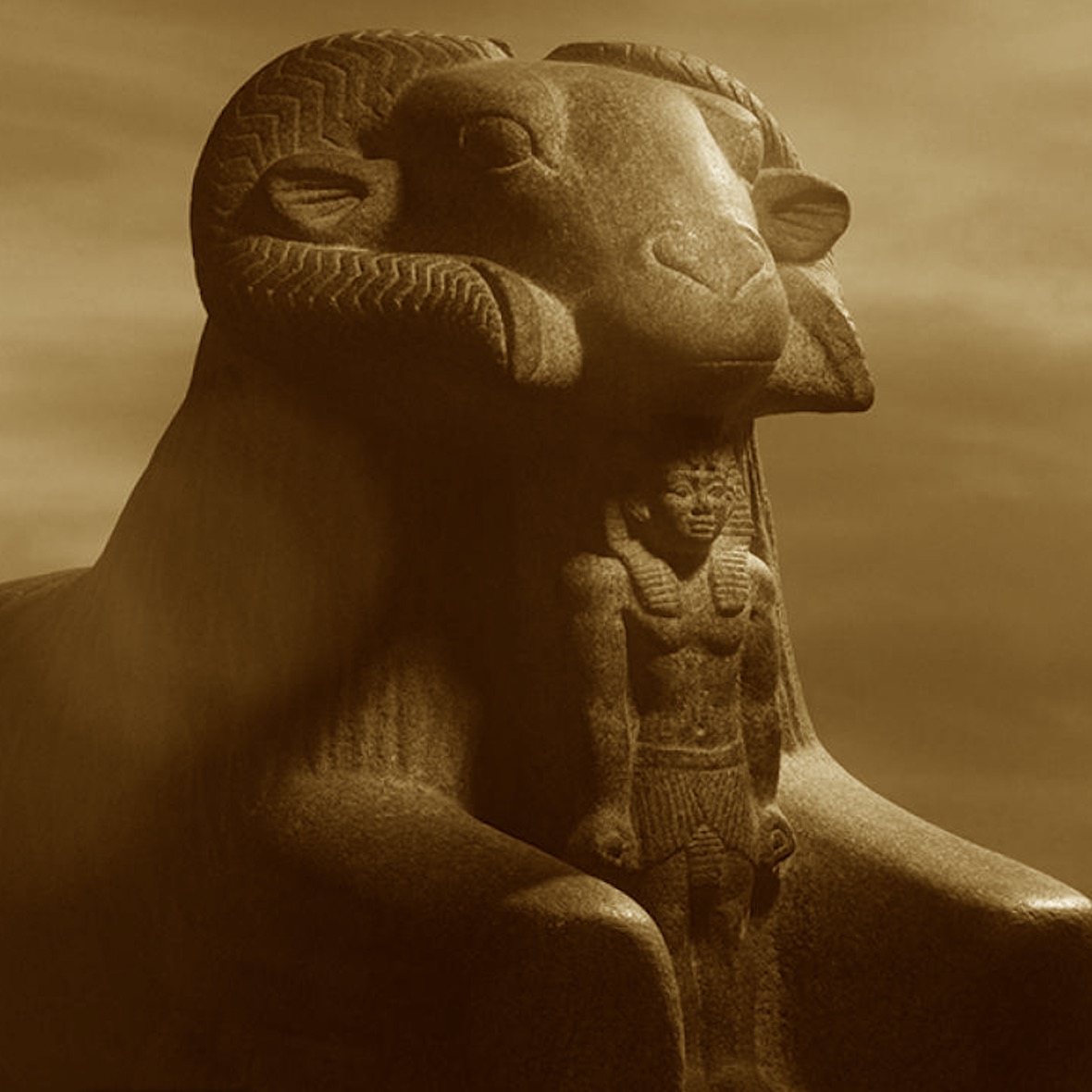
Amun-Ra
Amun-Ra
Amun was the most important deity in the Egyptian pantheon. To mark his new prominence, his identity merged with that of the ancient and prestigious sun god Re of Heliopolis in the north.
Read More
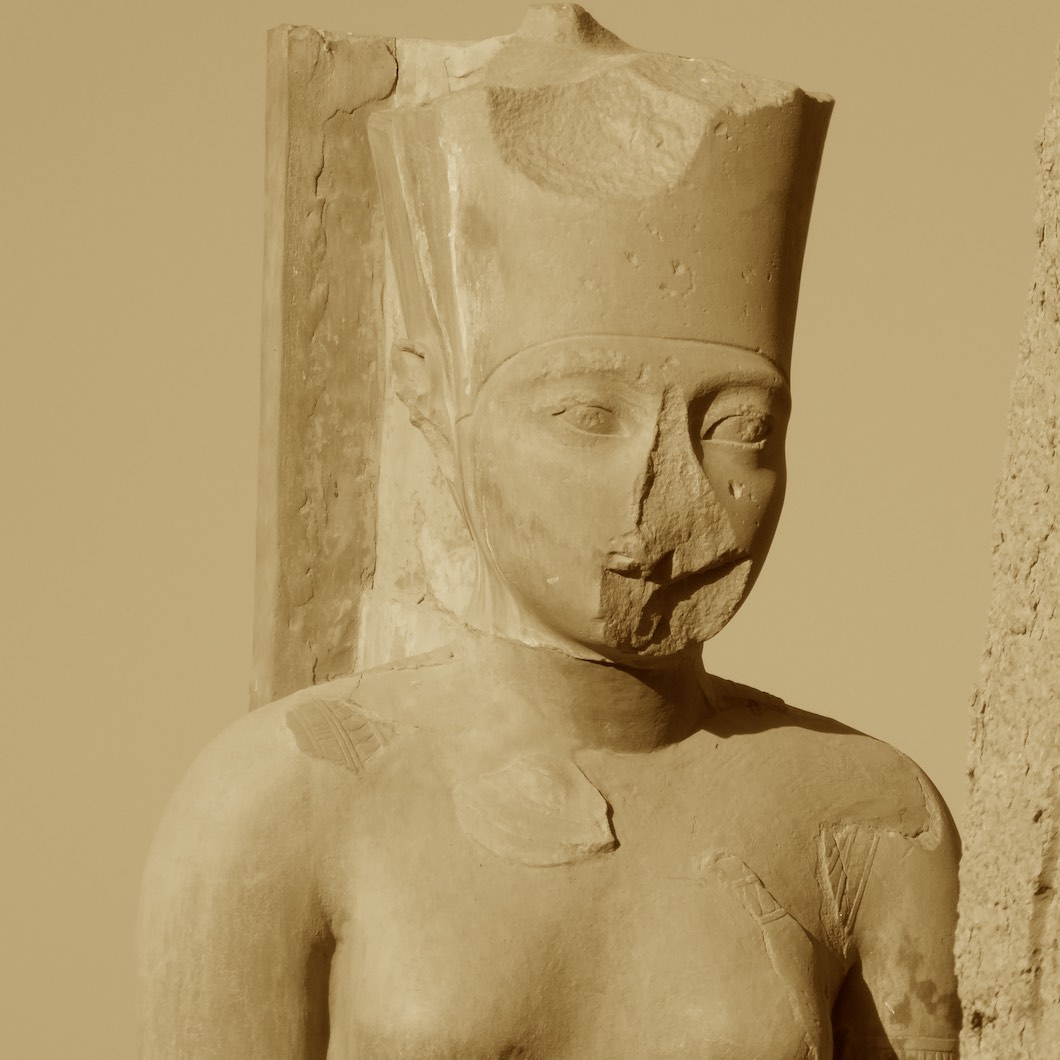
Amunet
Amunet
One of the Ogdoad, the eight deities representing primeval chaos; minor consort, and the female counterpart, of Amun.
Read More
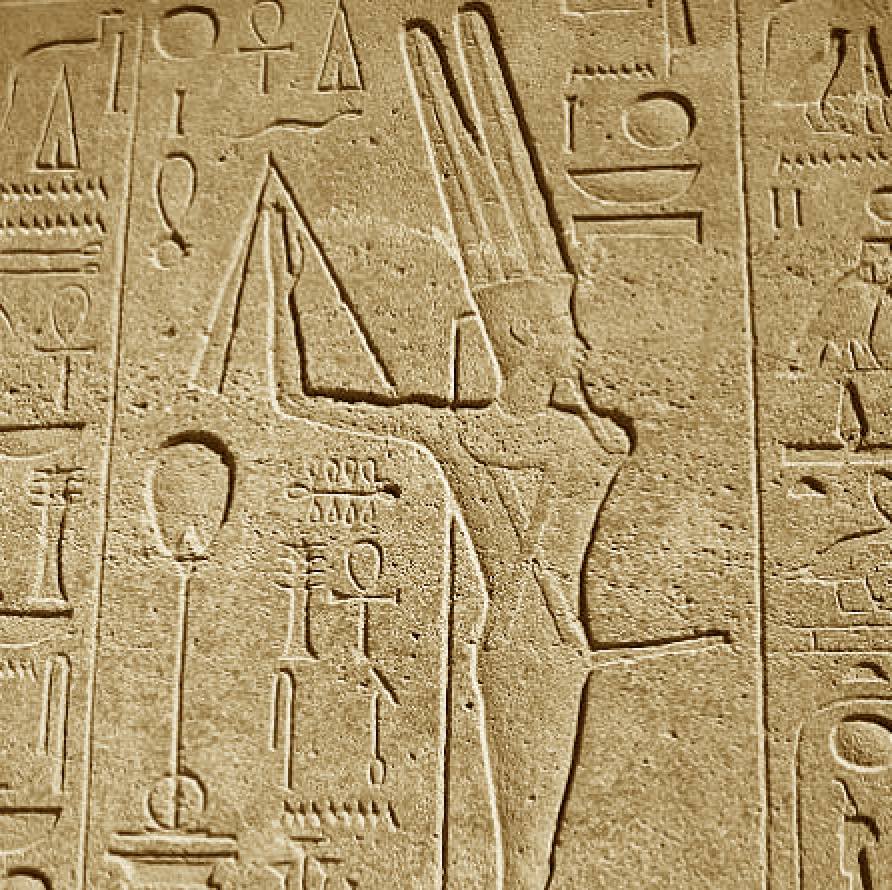
Amun-Min
Amun-Min
Min is a god of fertility and harvest, embodiment of the masculine principle. His cult originated in predynastic times (4th millennium BCE). Min was represented with phallus erect, a flail in his raised right hand.
Read More
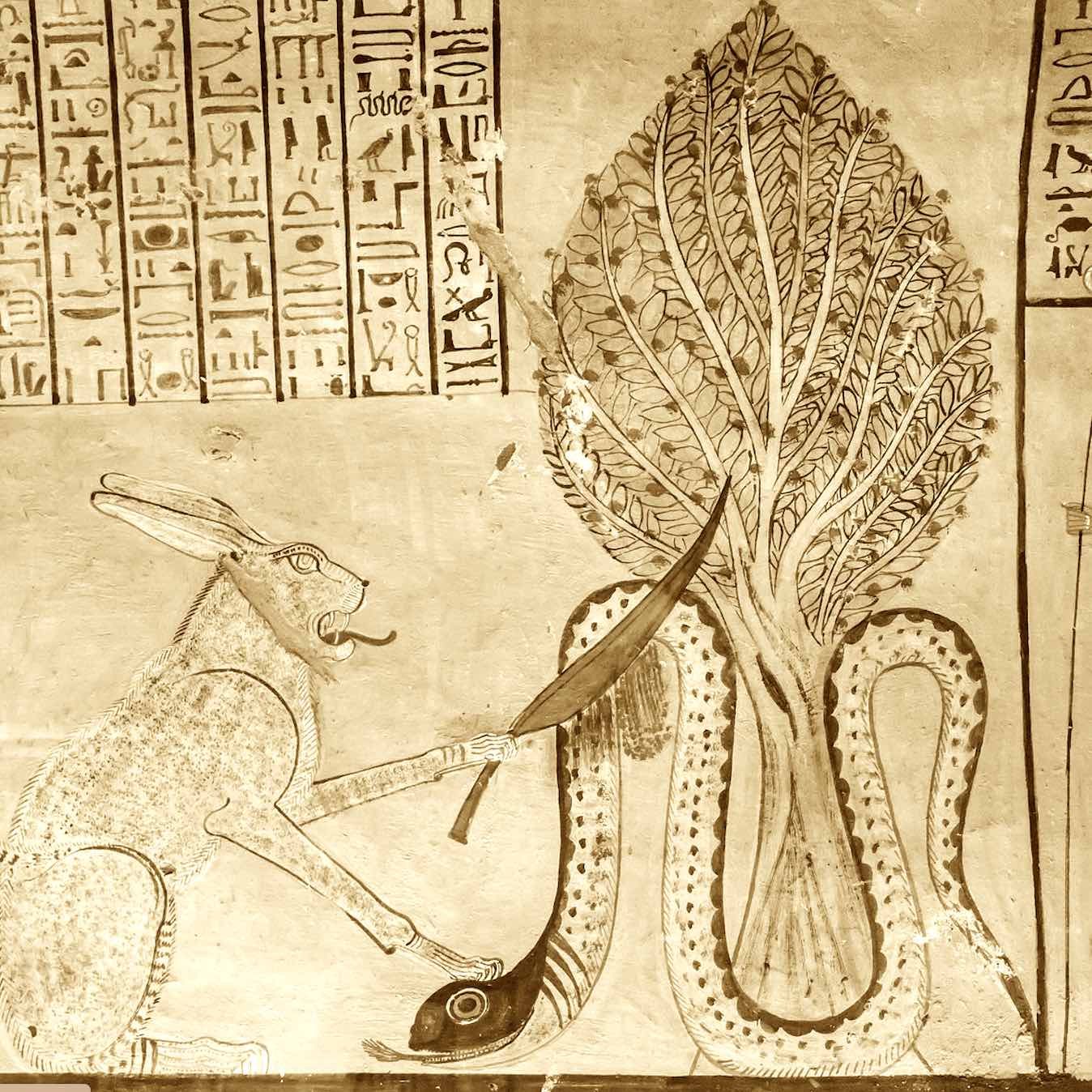
Apophis
Apophis
Apophis (also known as Apep) is the Great Serpent, enemy of the sun god Ra, in ancient Egyptian religion. The sun was Ra's great barge which sailed through the sky from dawn to dusk and then descended into the underworld.
Read More
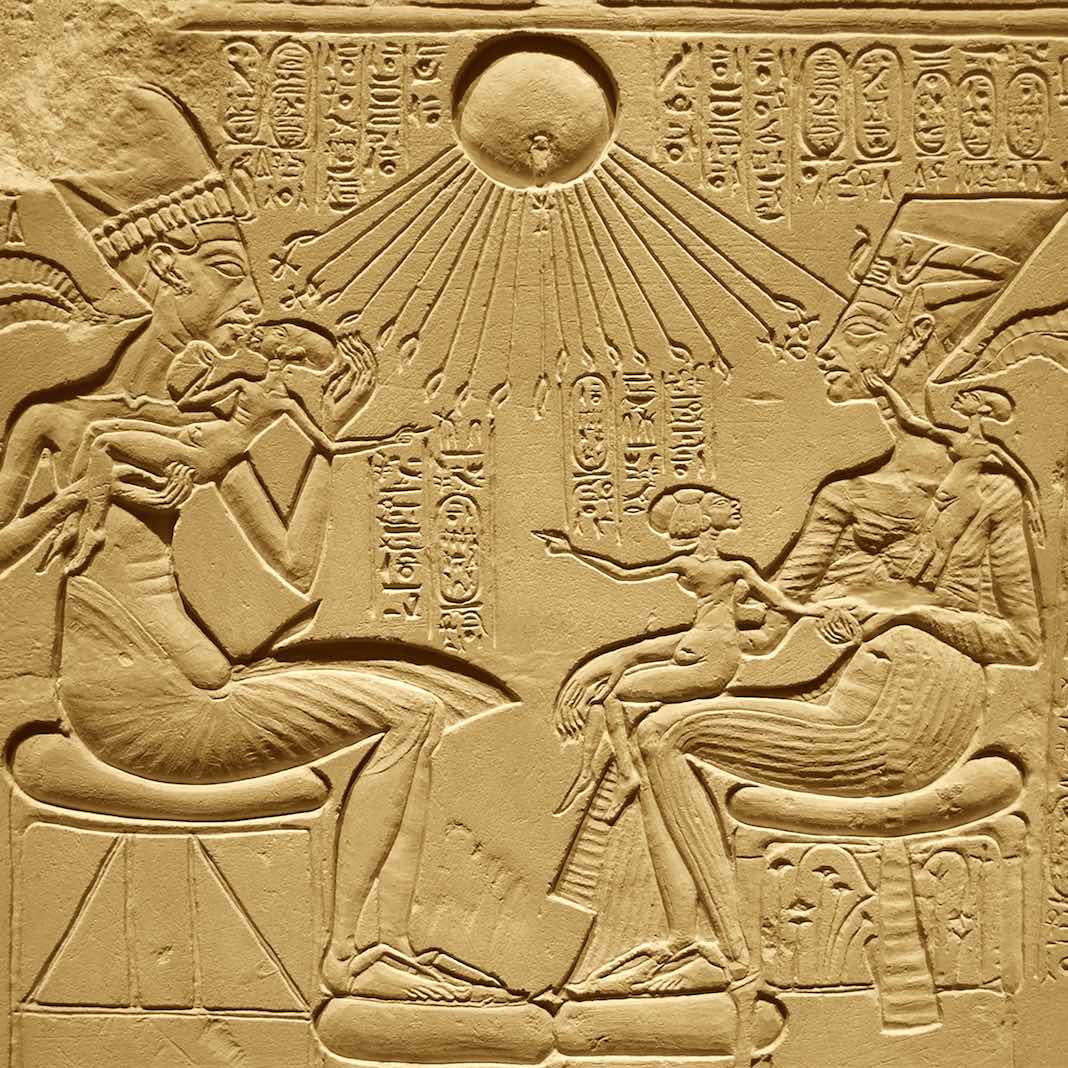
Aten
Aten
During the reign of Akhenaten, the Aten was installed as the principle god of ancient Egypt, and the worship of many of the traditional gods of ancient Egypt was rejected. The Aten was not a new god but an obscure aspect of the sun god.
Read More
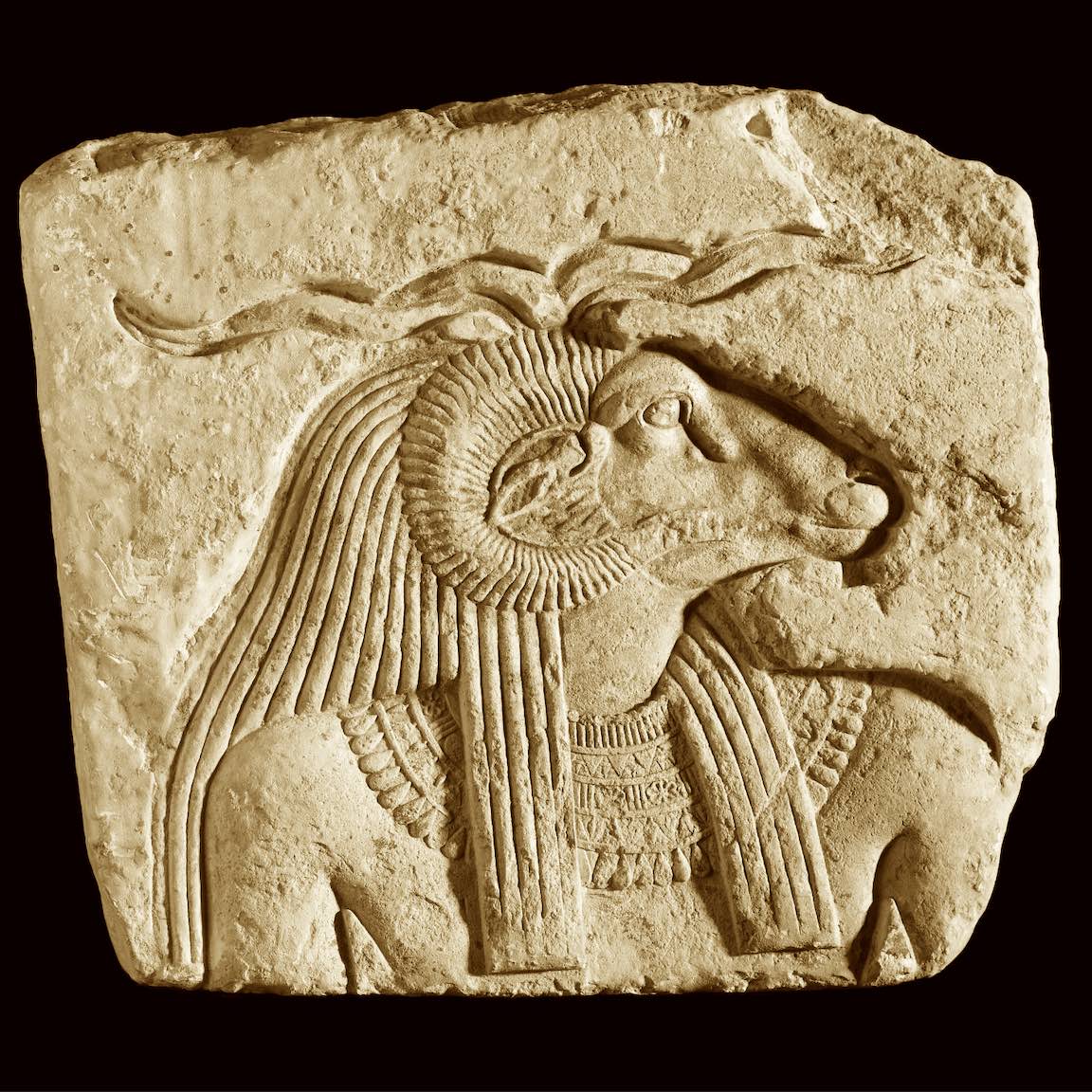
Khnum
Khnum
Khnum is a god of fertility, associated with water and with procreation. Khnum was worshipped from the 1st dynasty (c. 2925–2775 BCE) into the early centuries CE. He was represented as a ram with horizontal twisting horns or as a man with a ram’s head.
Read More
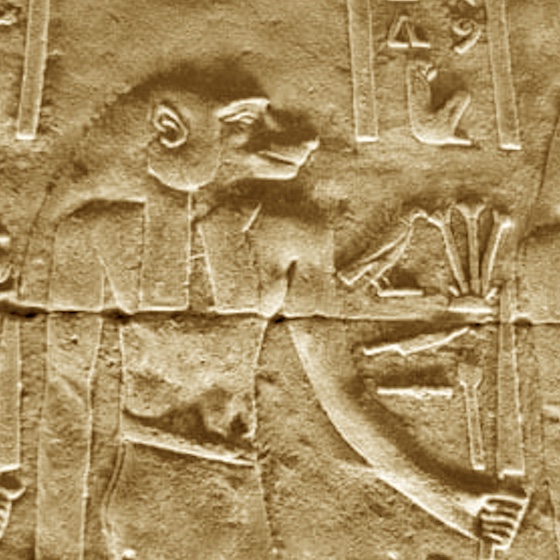
Babi
Babi
Babi, also Baba, in ancient Egyptian religion, was the deification of the hamadryas baboon, one of the animals present in ancient Egypt. His name is usually translated as "bull of the baboons", roughly meaning "chief of the baboons".
Read More
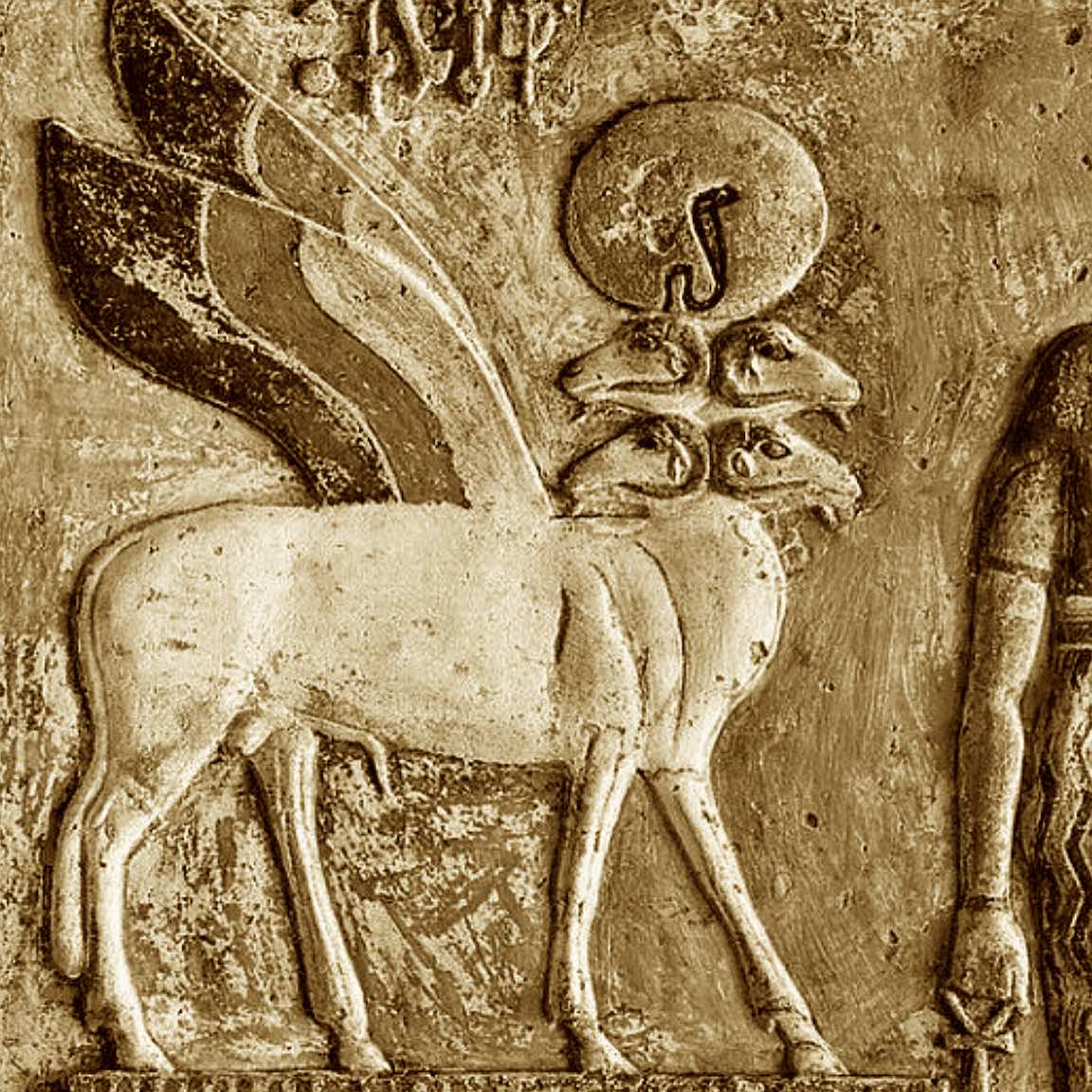
Banebdjedet
Banebdjedet
Banebdjedet, also called Banebdjed, was a god with four ram heads. He represented the soul (Ba) and the four gods; Atum, Shu, Geb and Usir. His consort was Hatmehit, a fish goddess.
Read More
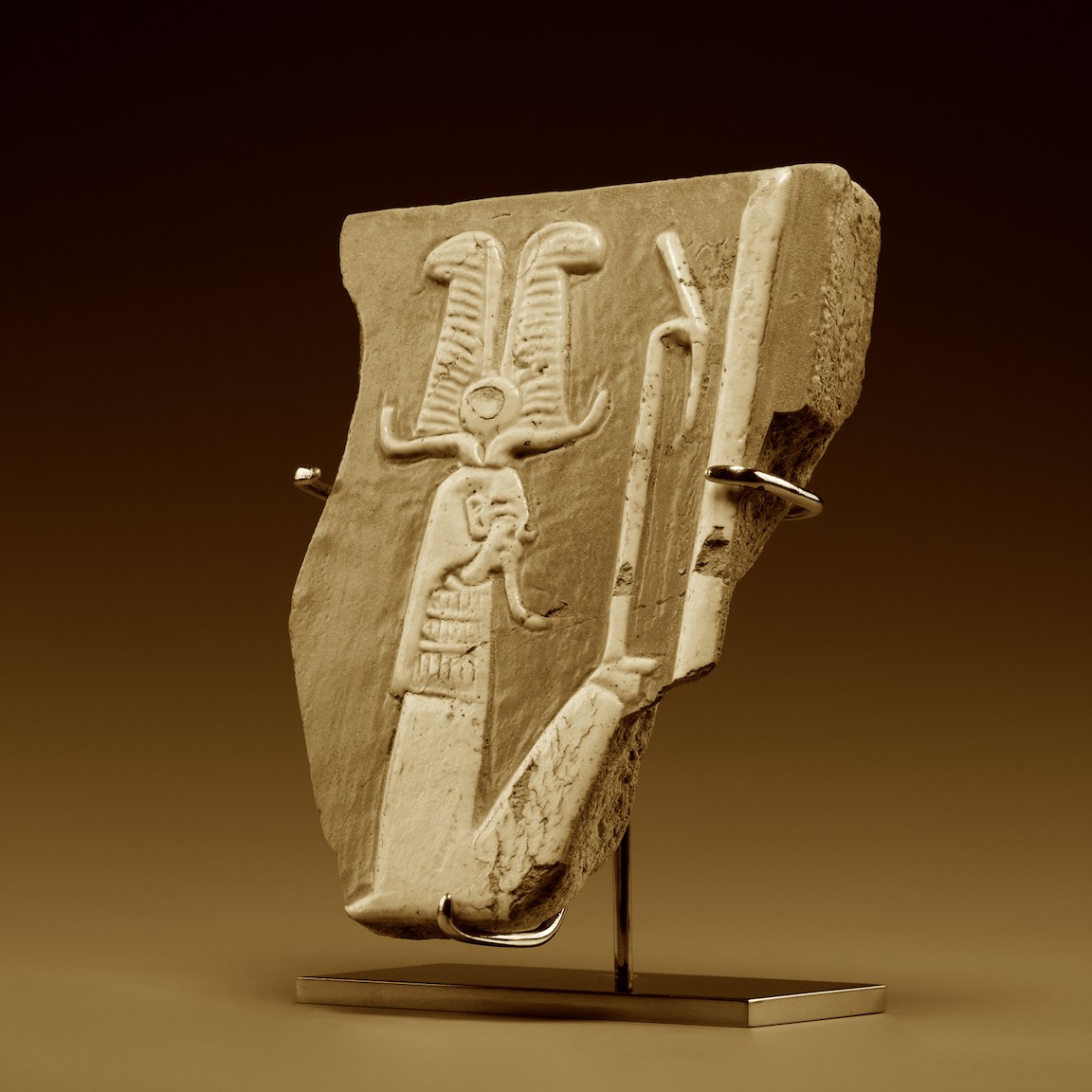
Tatenen
Tatenen
Tatenen is a chthonic deity who in many respects is comparable to the earth god Geb. His realm is the deep regions underneath the earth from which everything emerges, plants and vegetables, but also minerals, all of which belong to Tatenen.
Read More
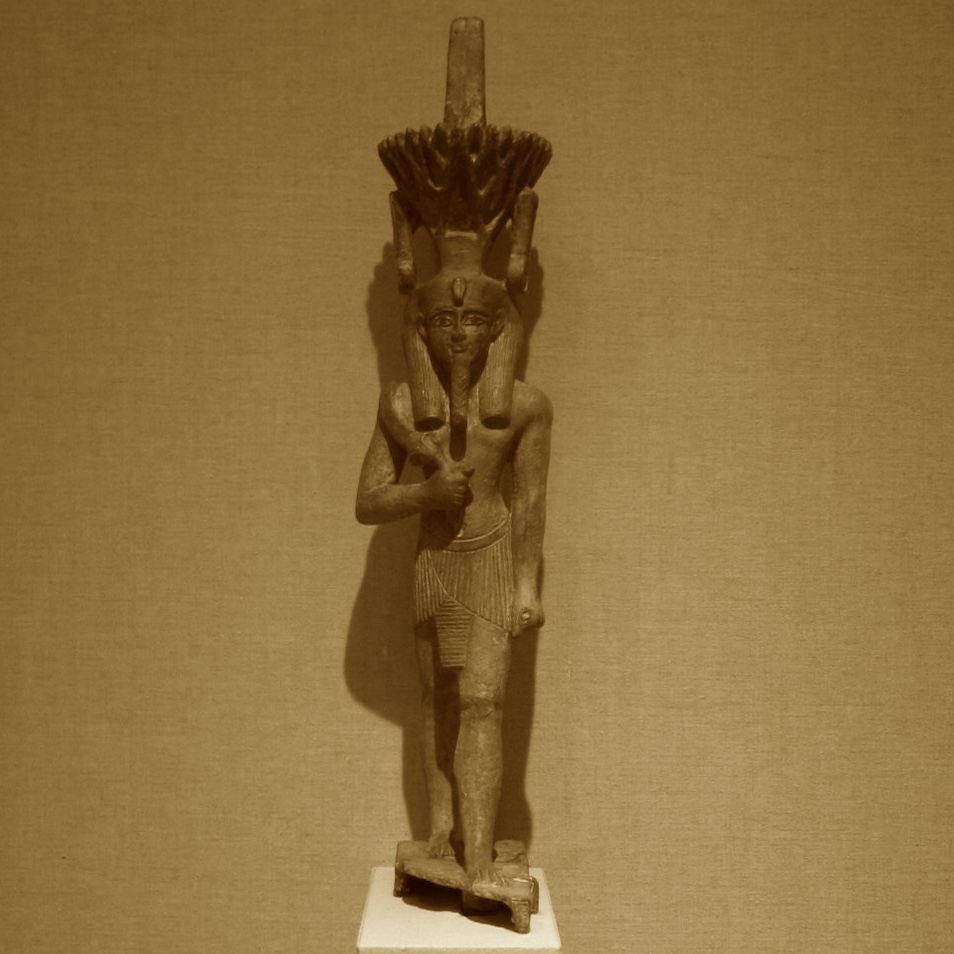
Nefertum
Nefertum
Nefertum, the Egyptian lotus god of healing representing beauty, perfumes and fragrance. His attribute was the Lotus flower (water lily) which symbolized rebirth and regeneration. He was the son of Ptah, the powerful Egyptian creator god and Sekhmet.
Read More
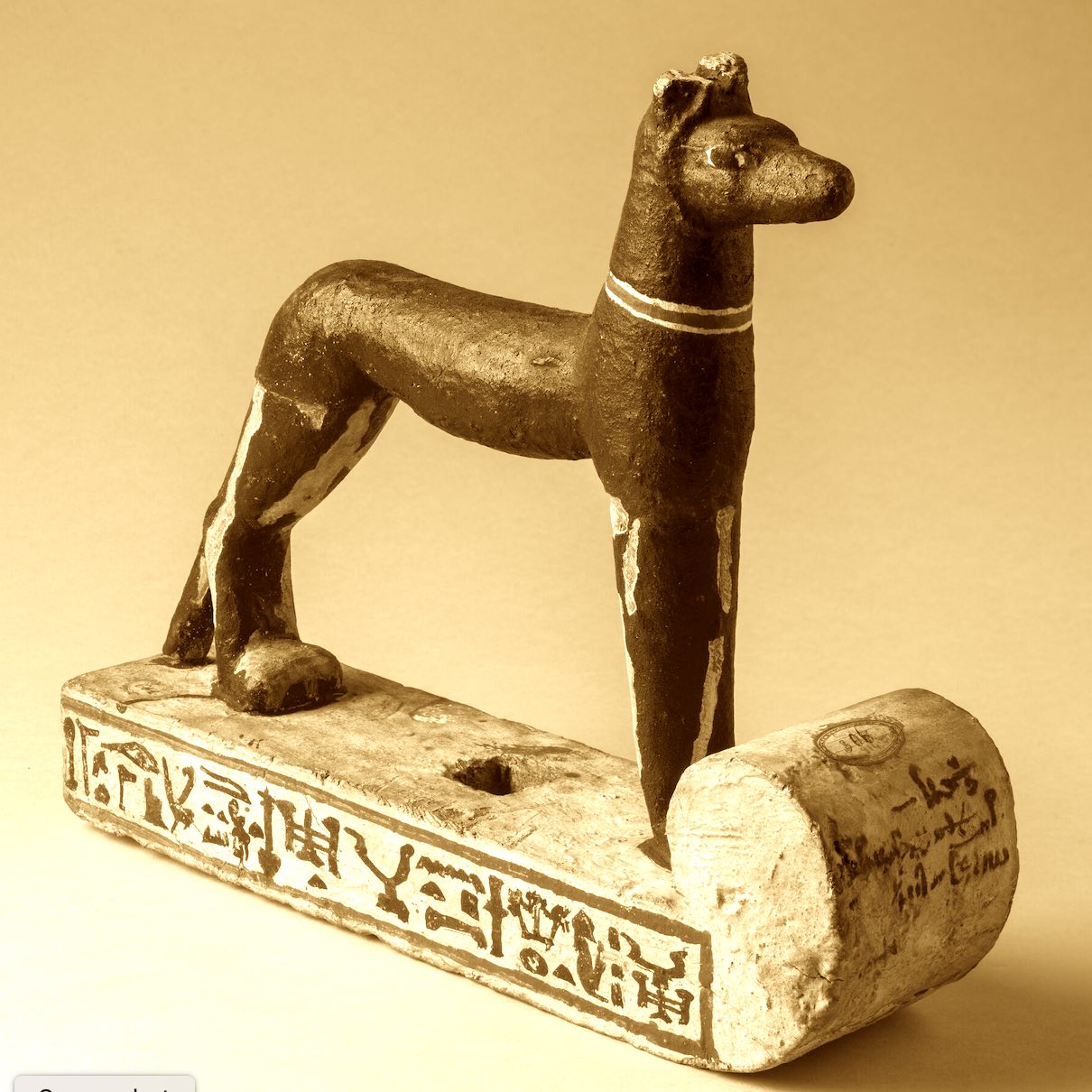
Wepwawet
Wepwawet
Wepwawet was a god of war, hunting, and the underworld. His name means "Opener of the Ways" and he was often depicted as a wolf or a jackal-headed man. His symbols were the mace, wolf, and arrows.
Read More
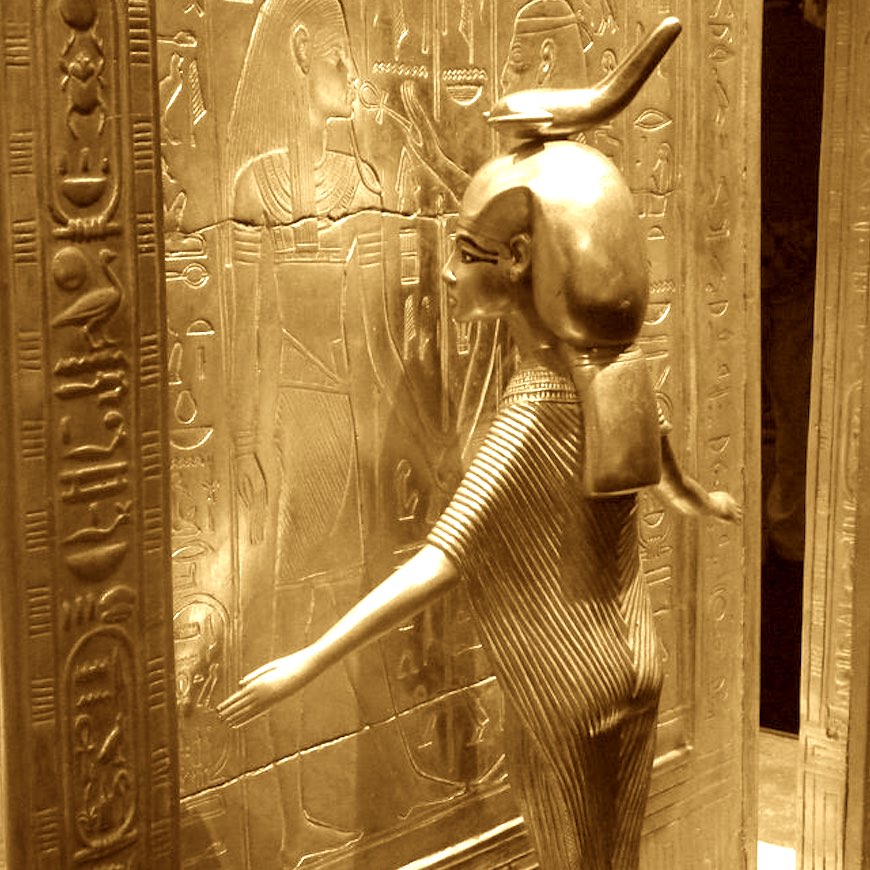
Serket
Serket
Serket, goddess of protection associated with the scorpion, was worshipped widely in Lower Egypt as a great Mother Goddess in the Predynastic Period (c. 6000- c. 3150 BCE) and so is among the older deities of Egypt.
Read More
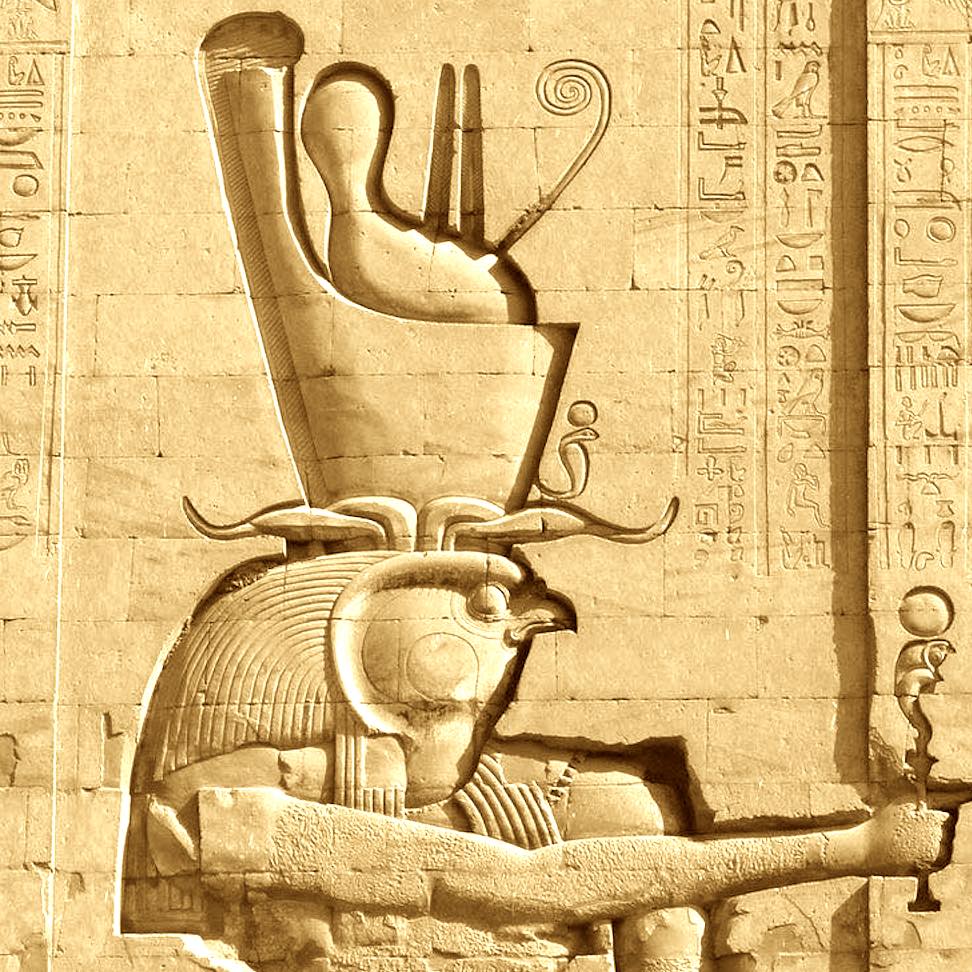
Horus the Elder
Horus the Elder
The elder Horus is one of the oldest gods of Egypt, born of the union between Geb (earth) and Nut (sky) shortly after the creation of the world. His older brother Osiris was given the responsibility of governing the earth along with Isis.
Read More

